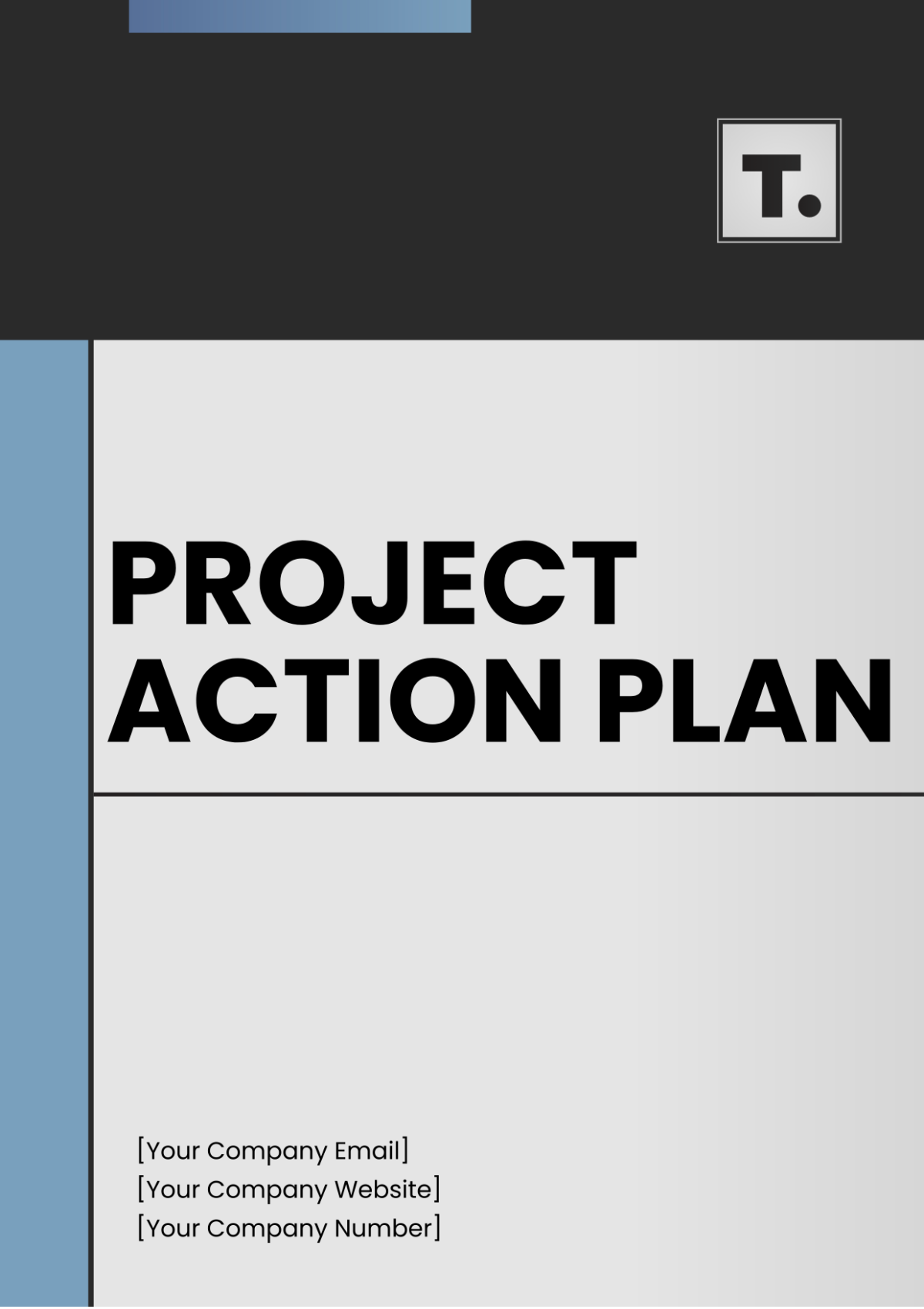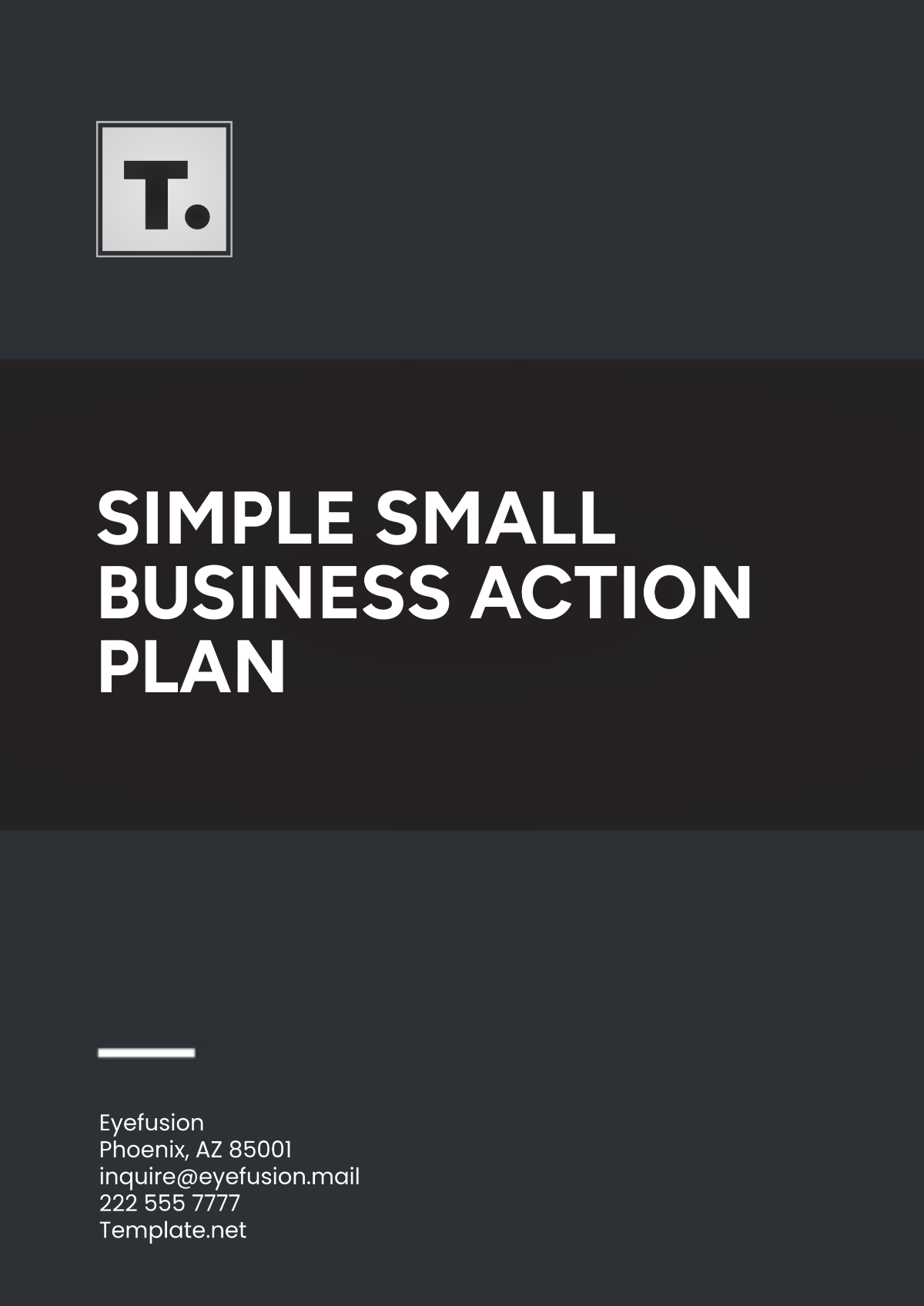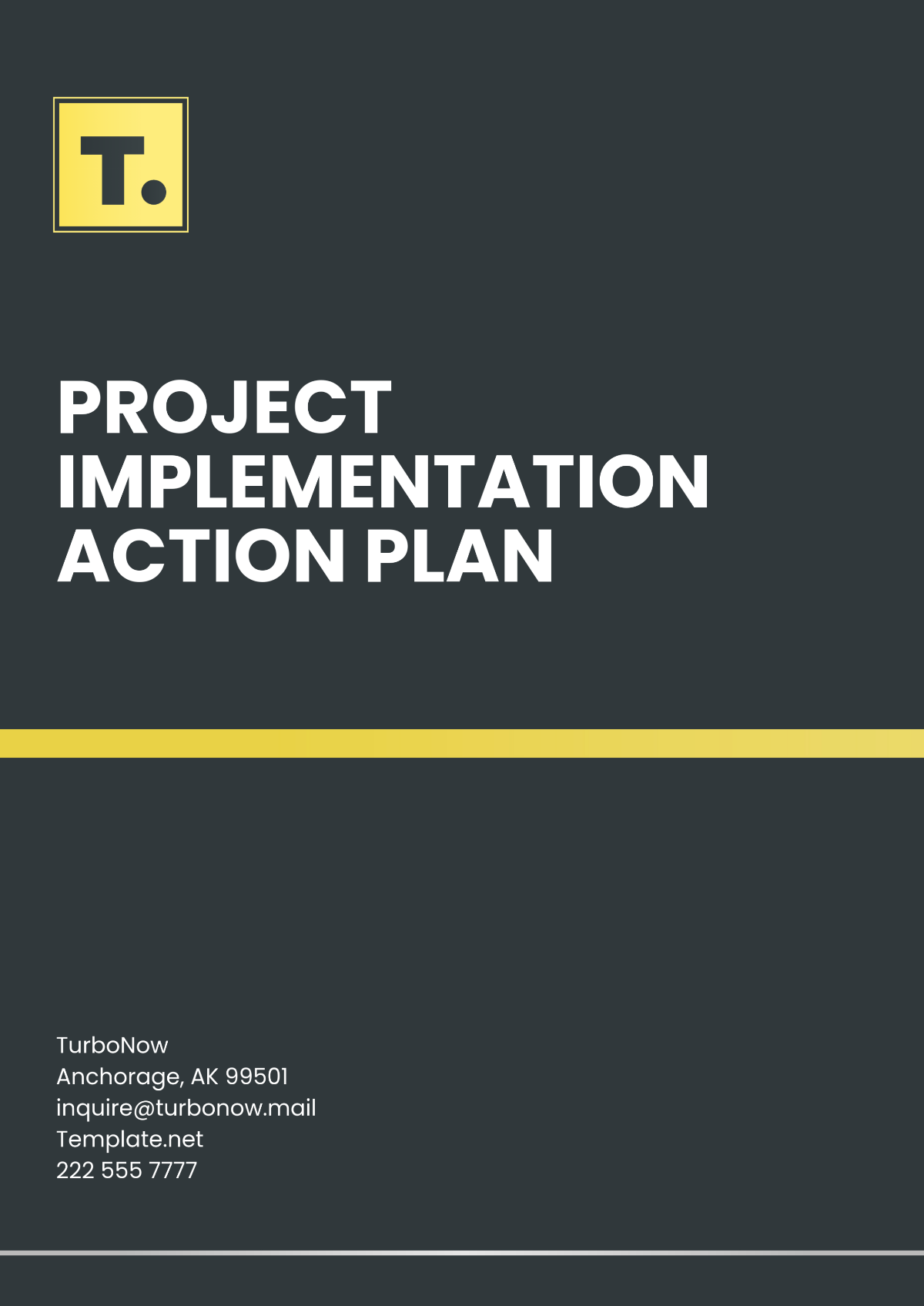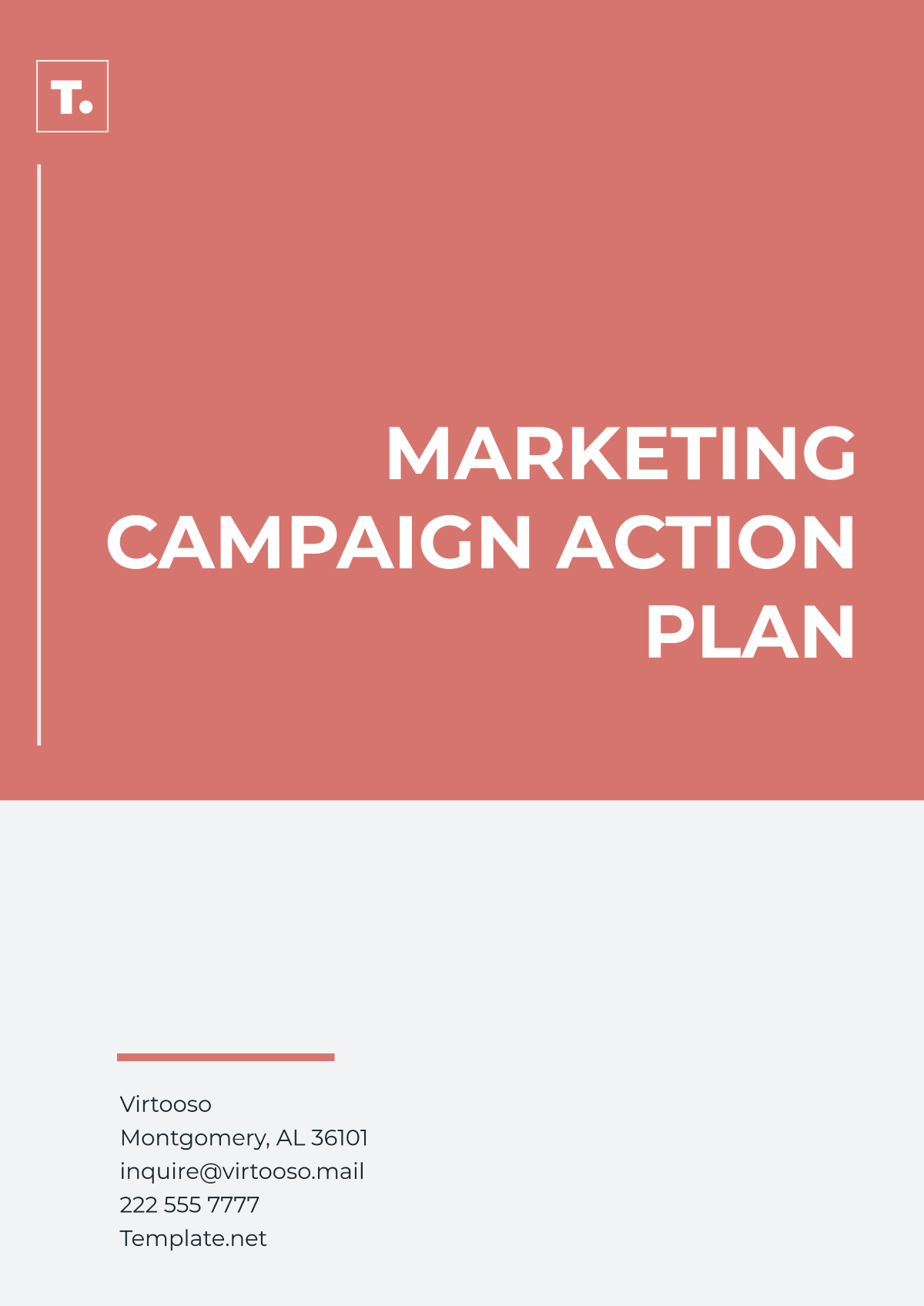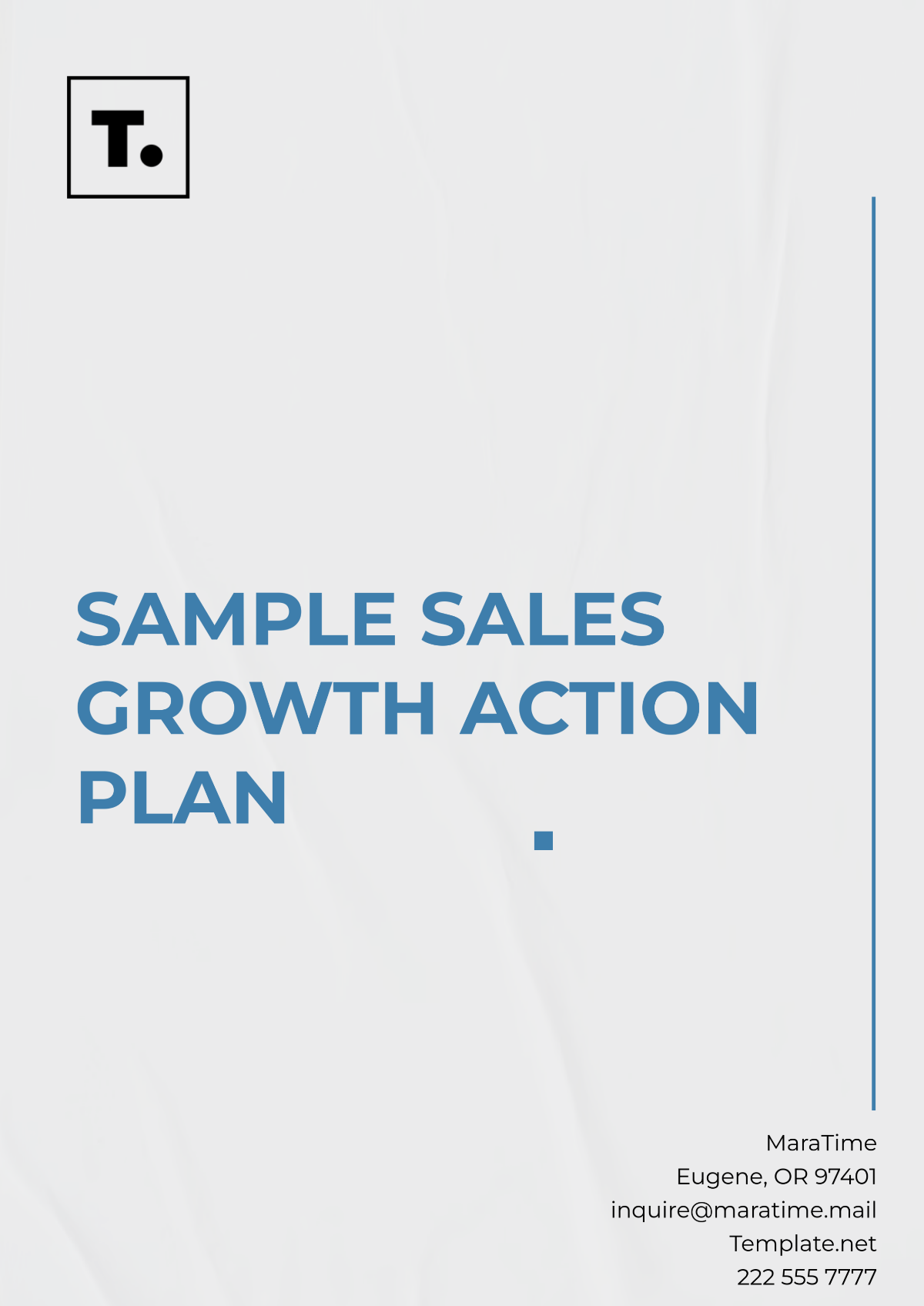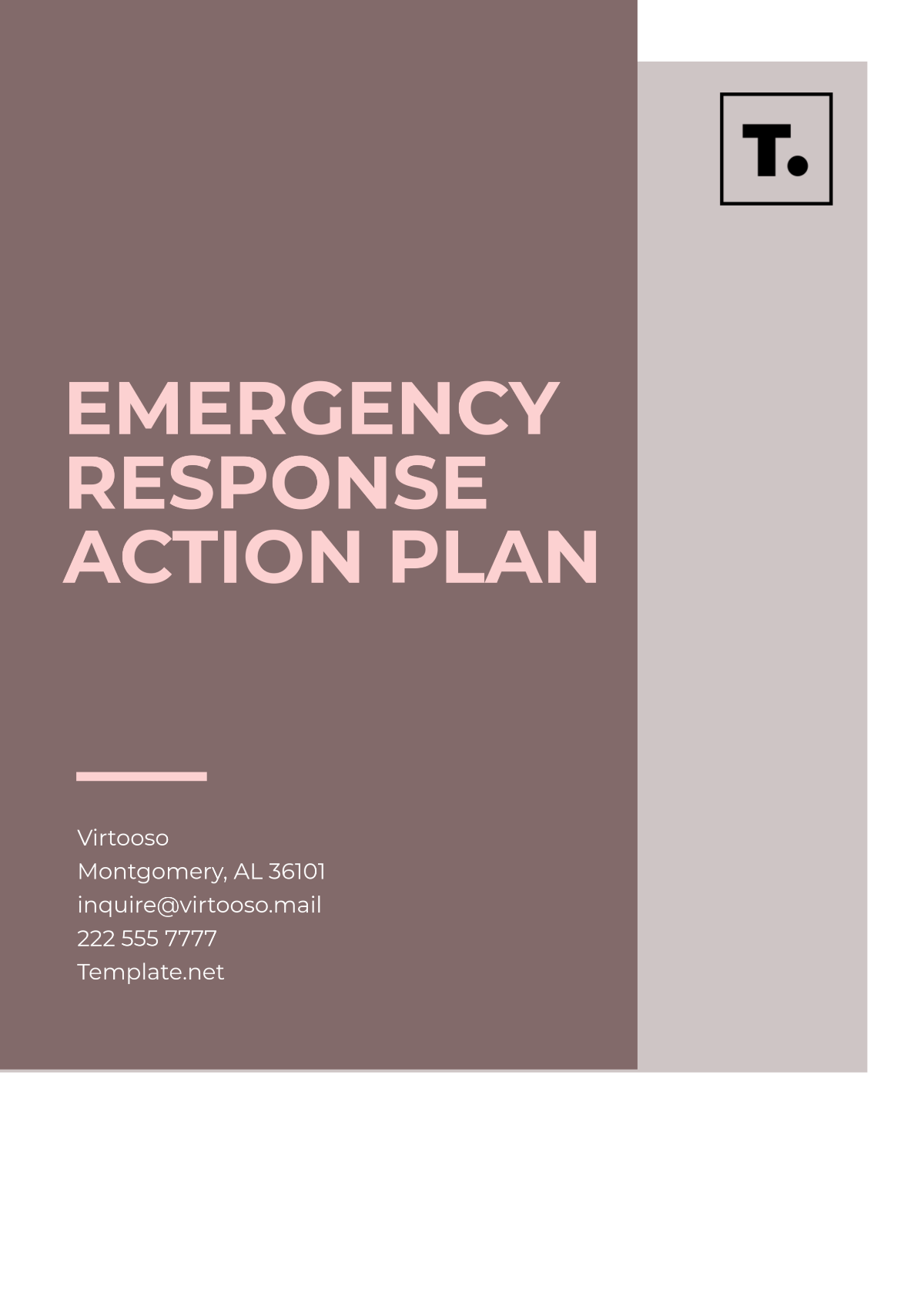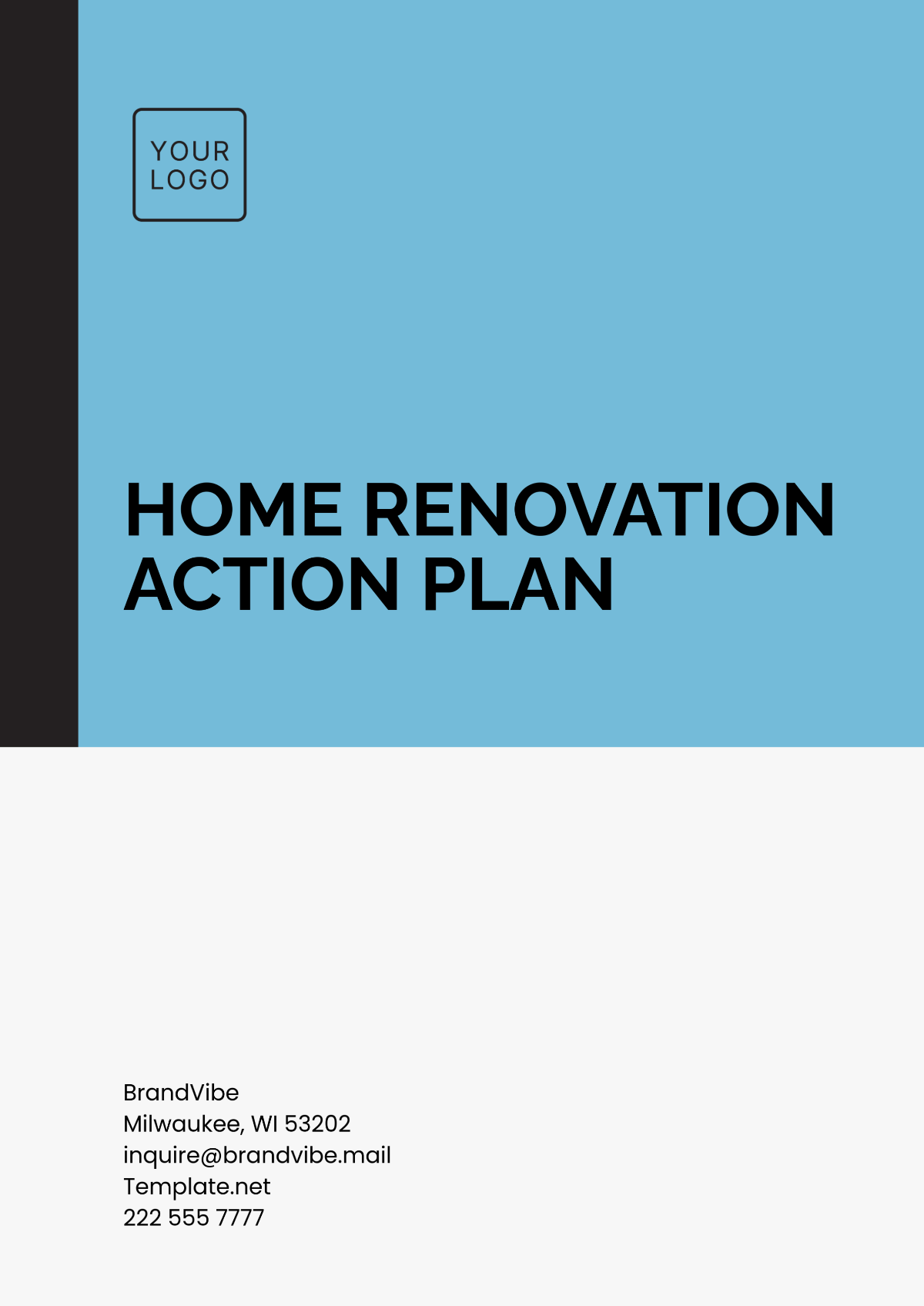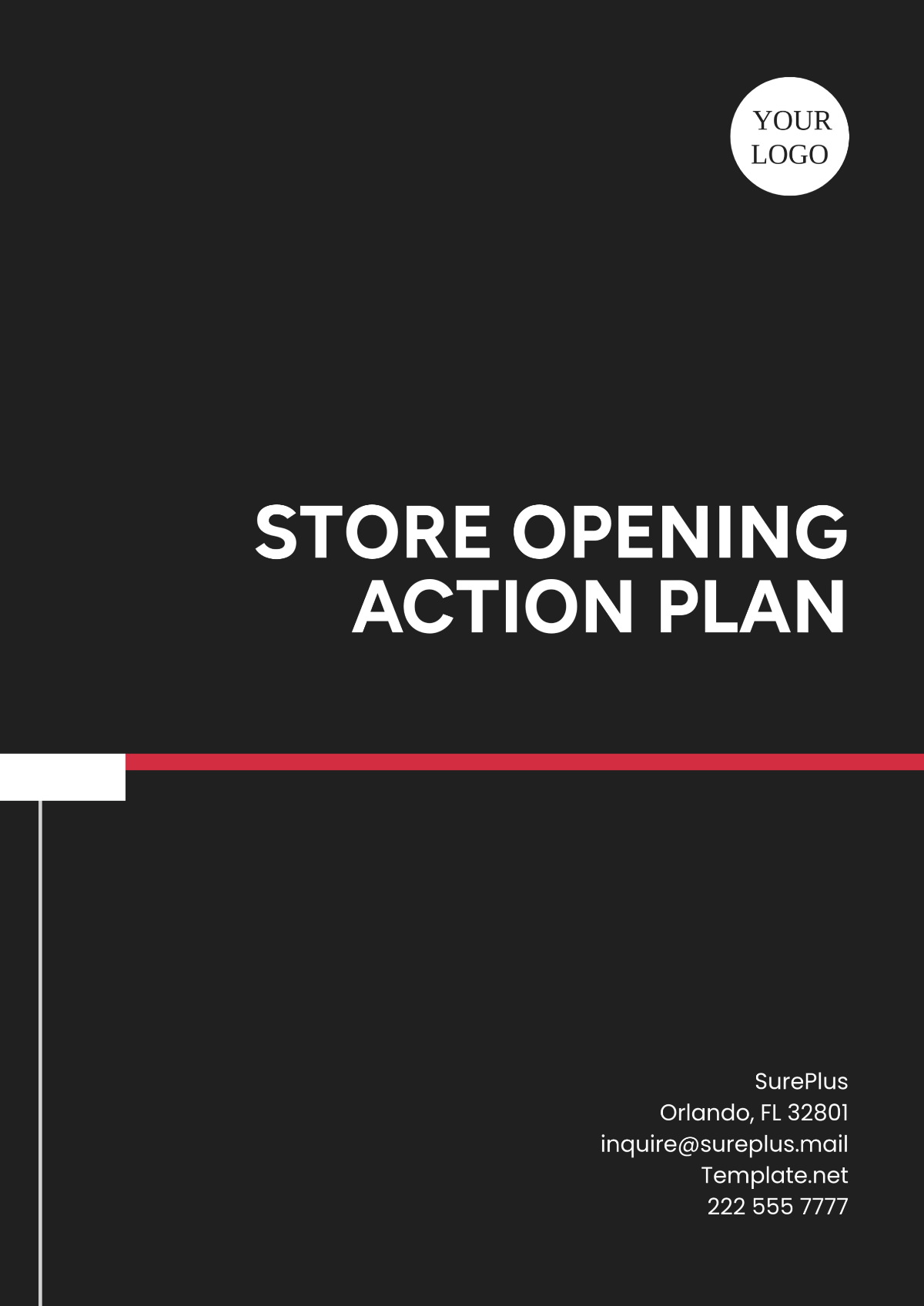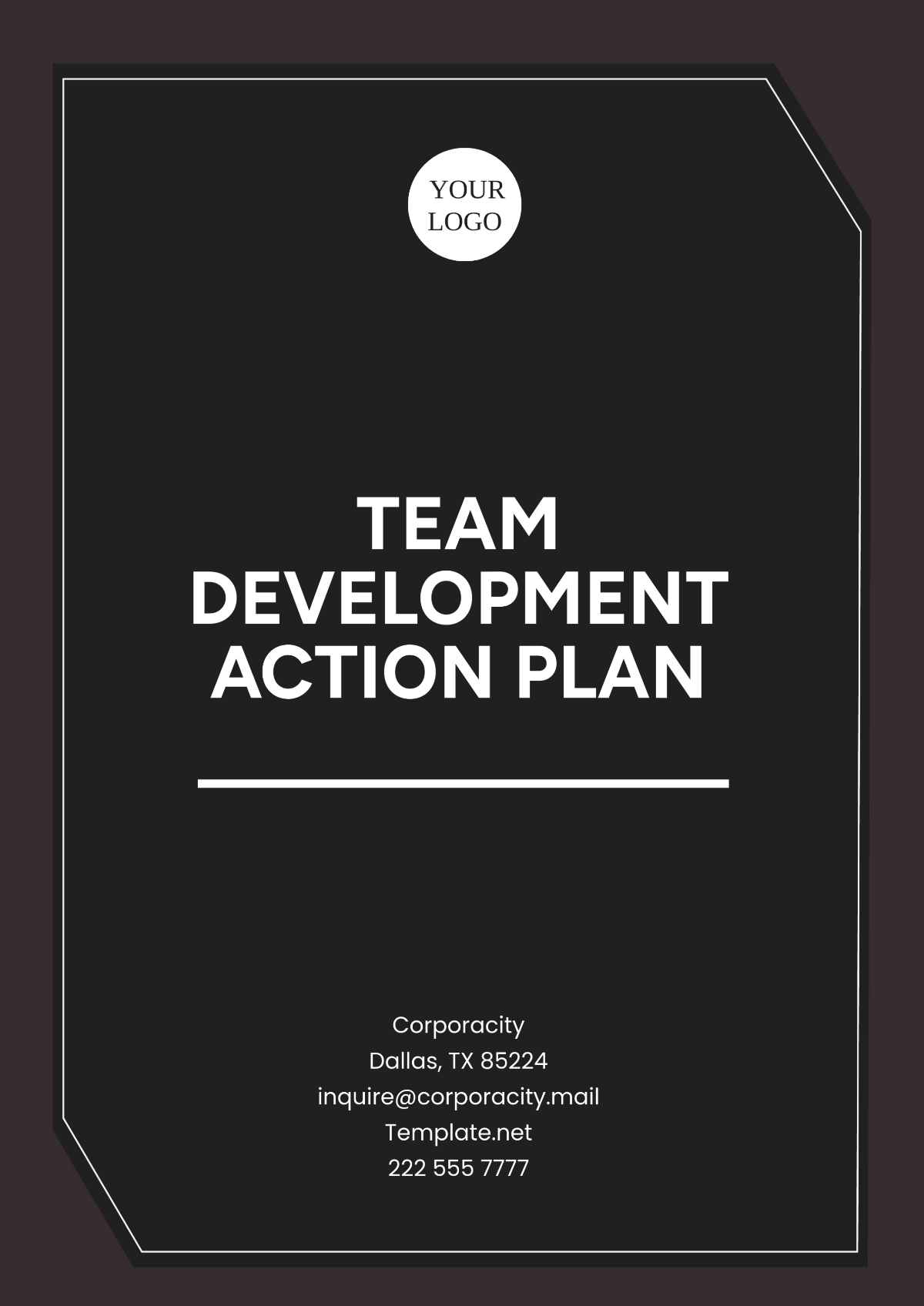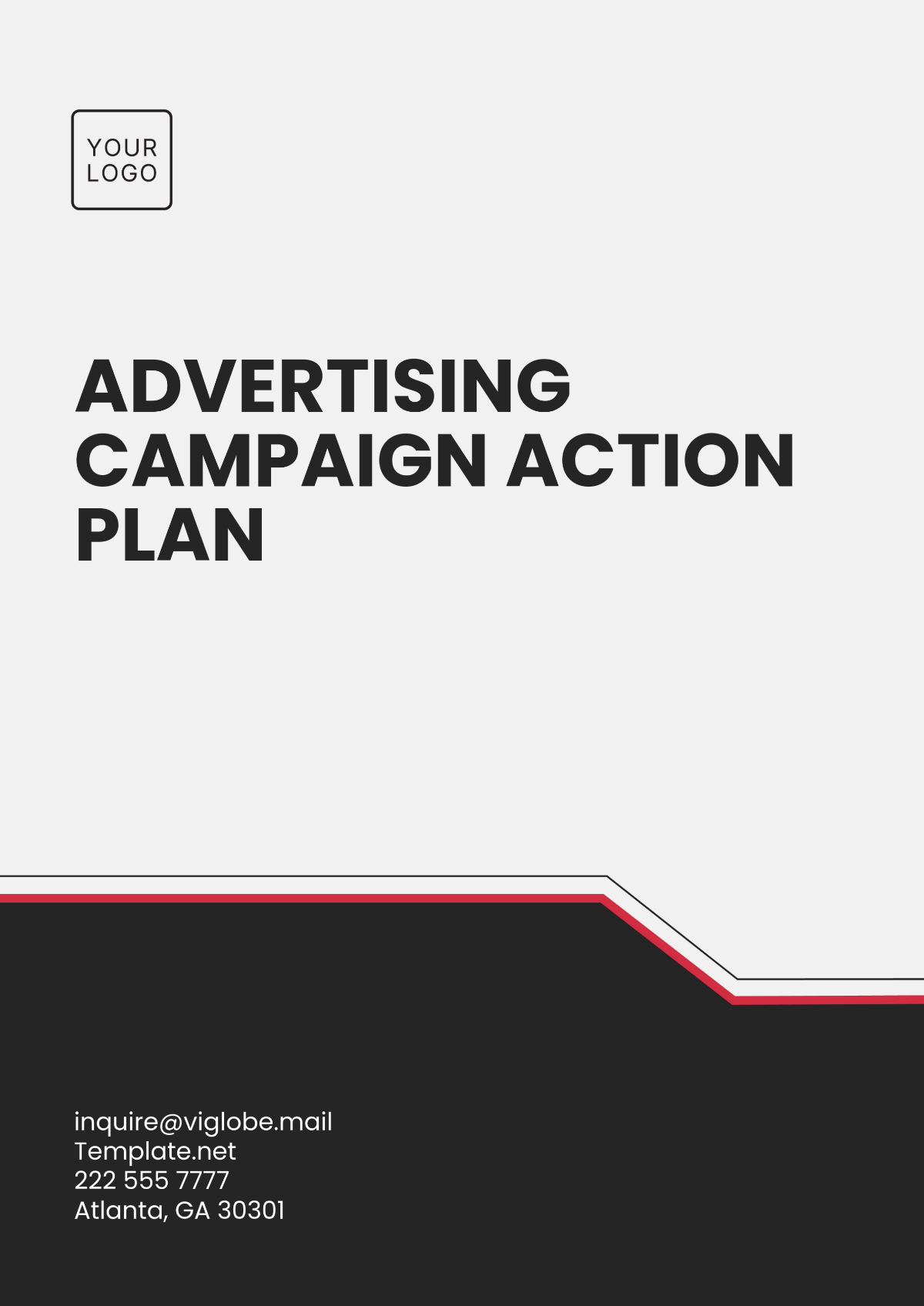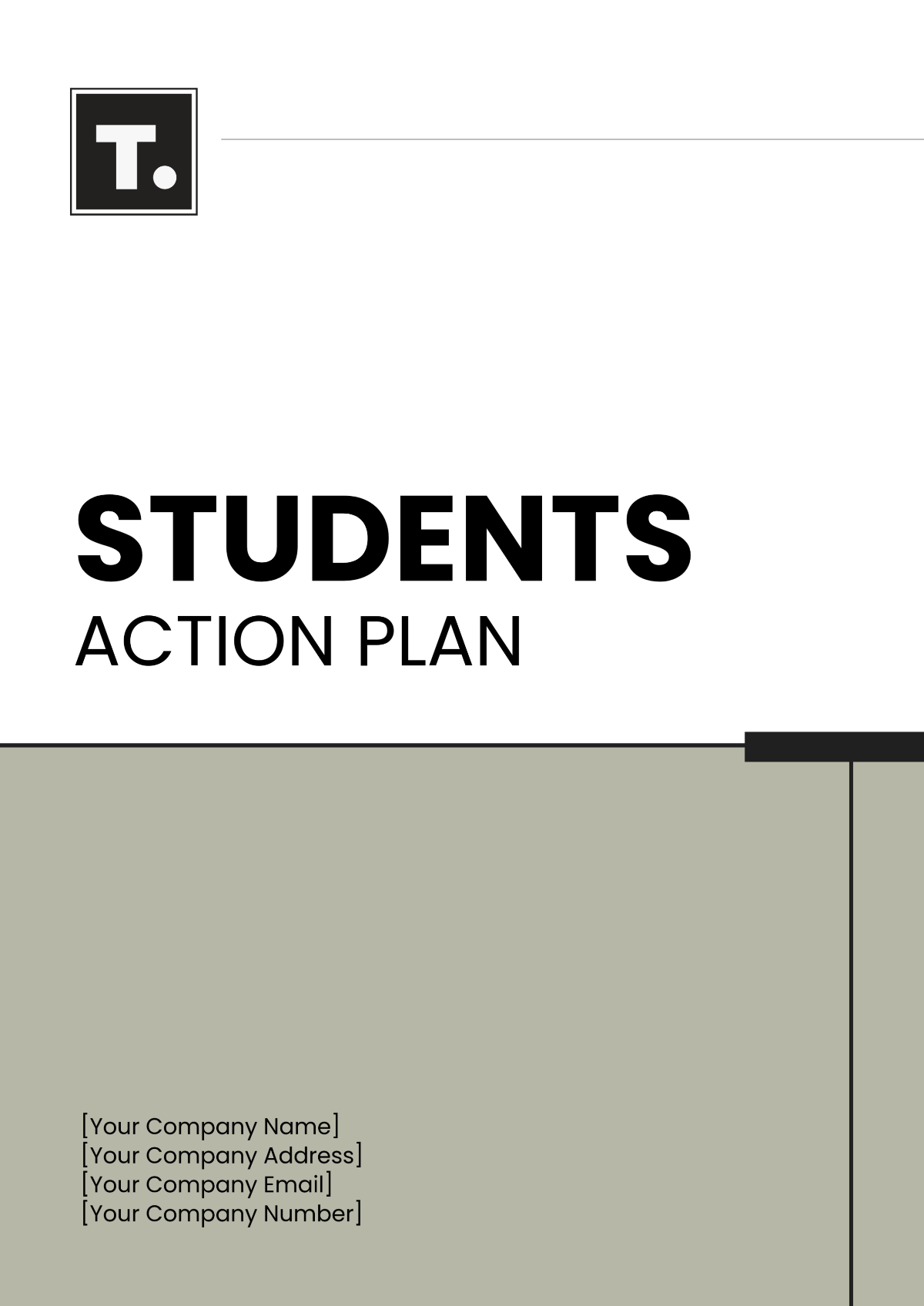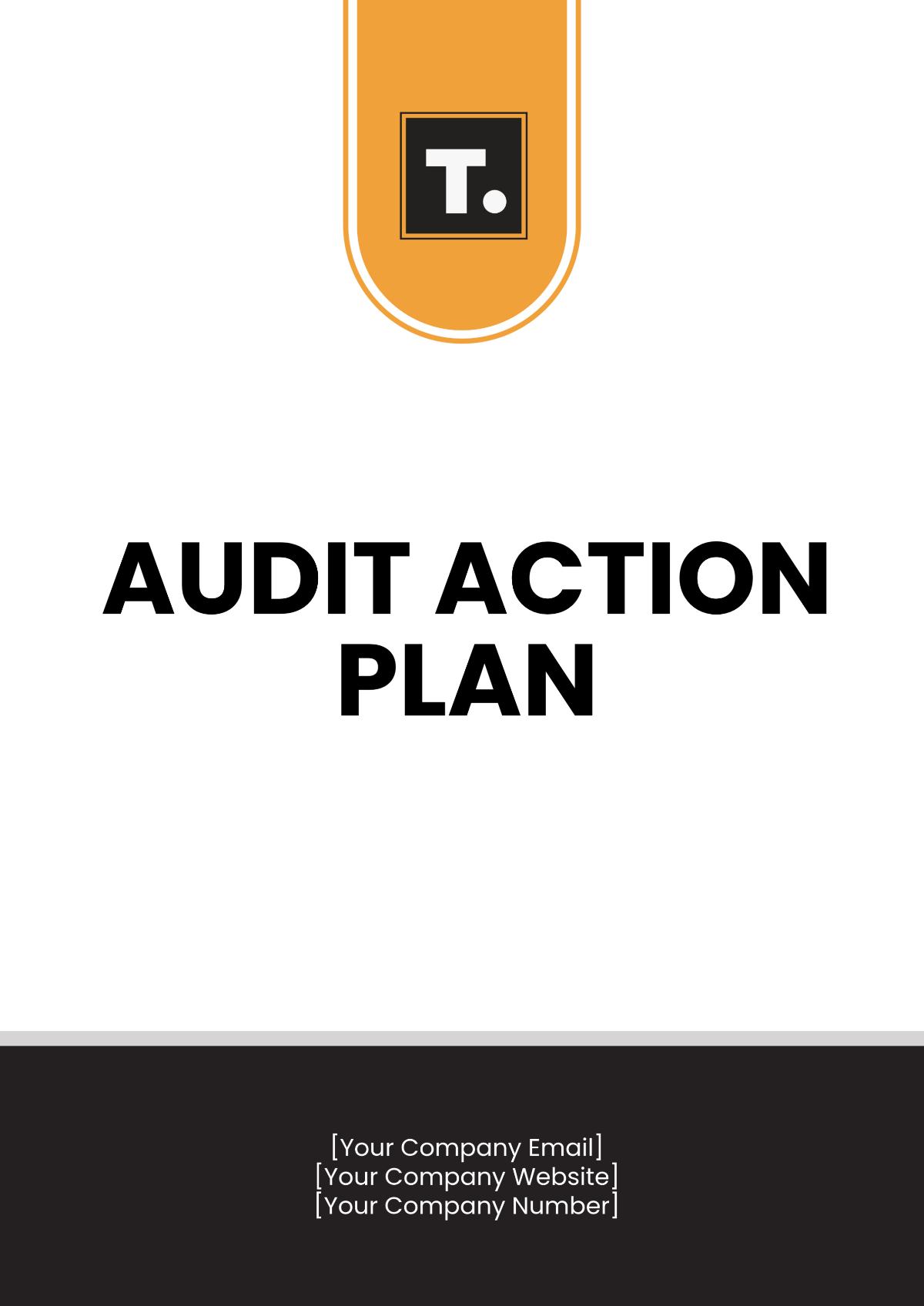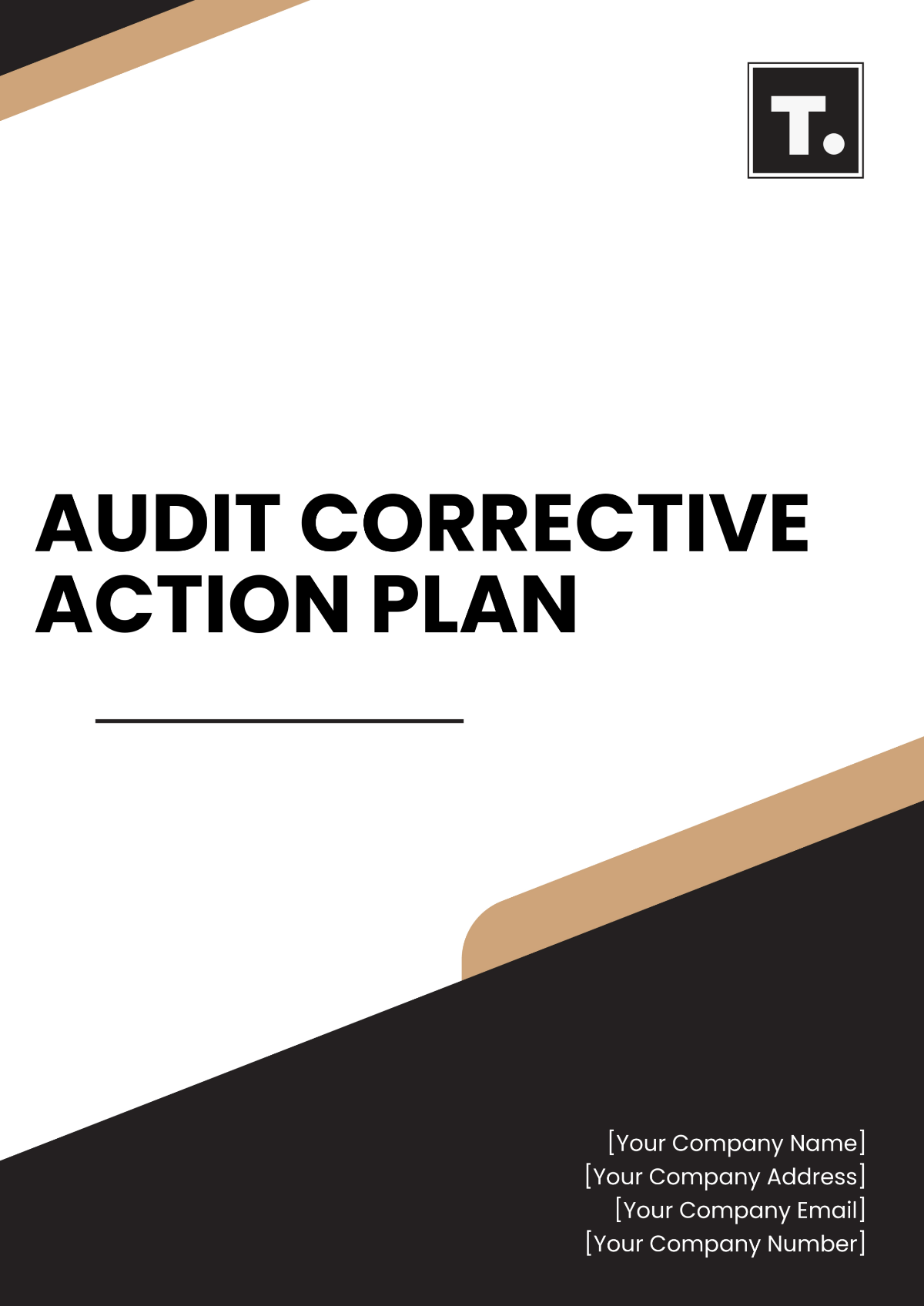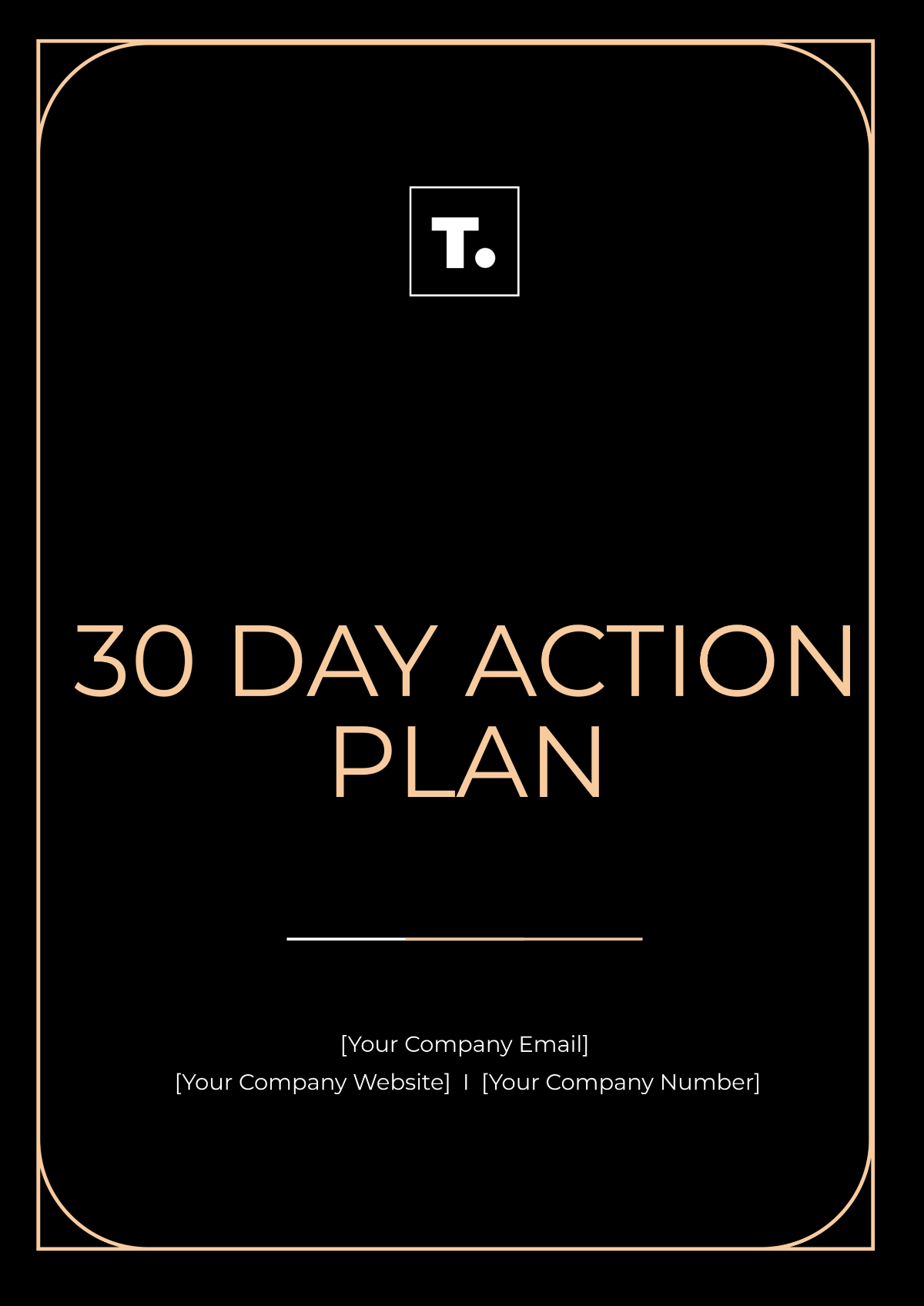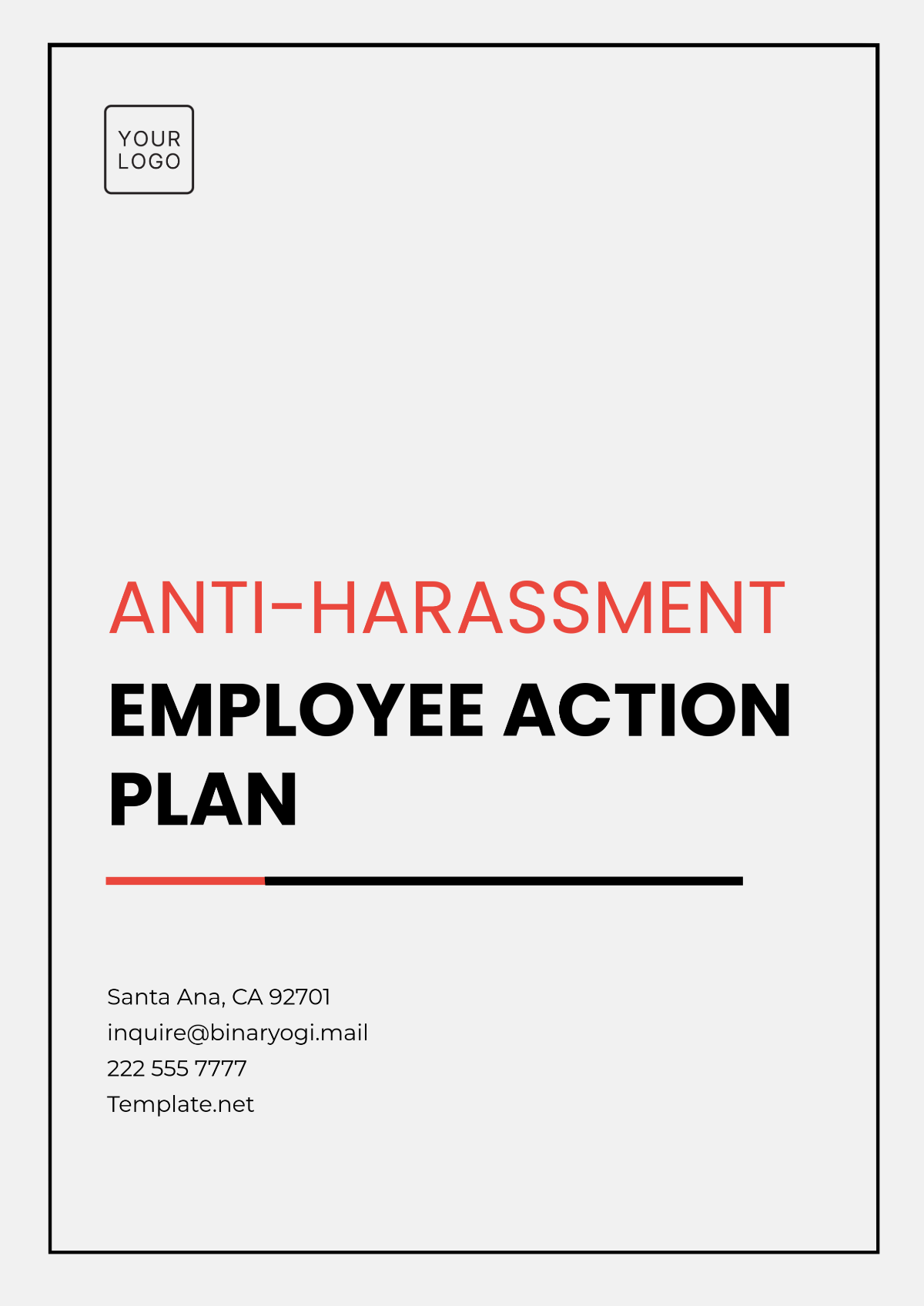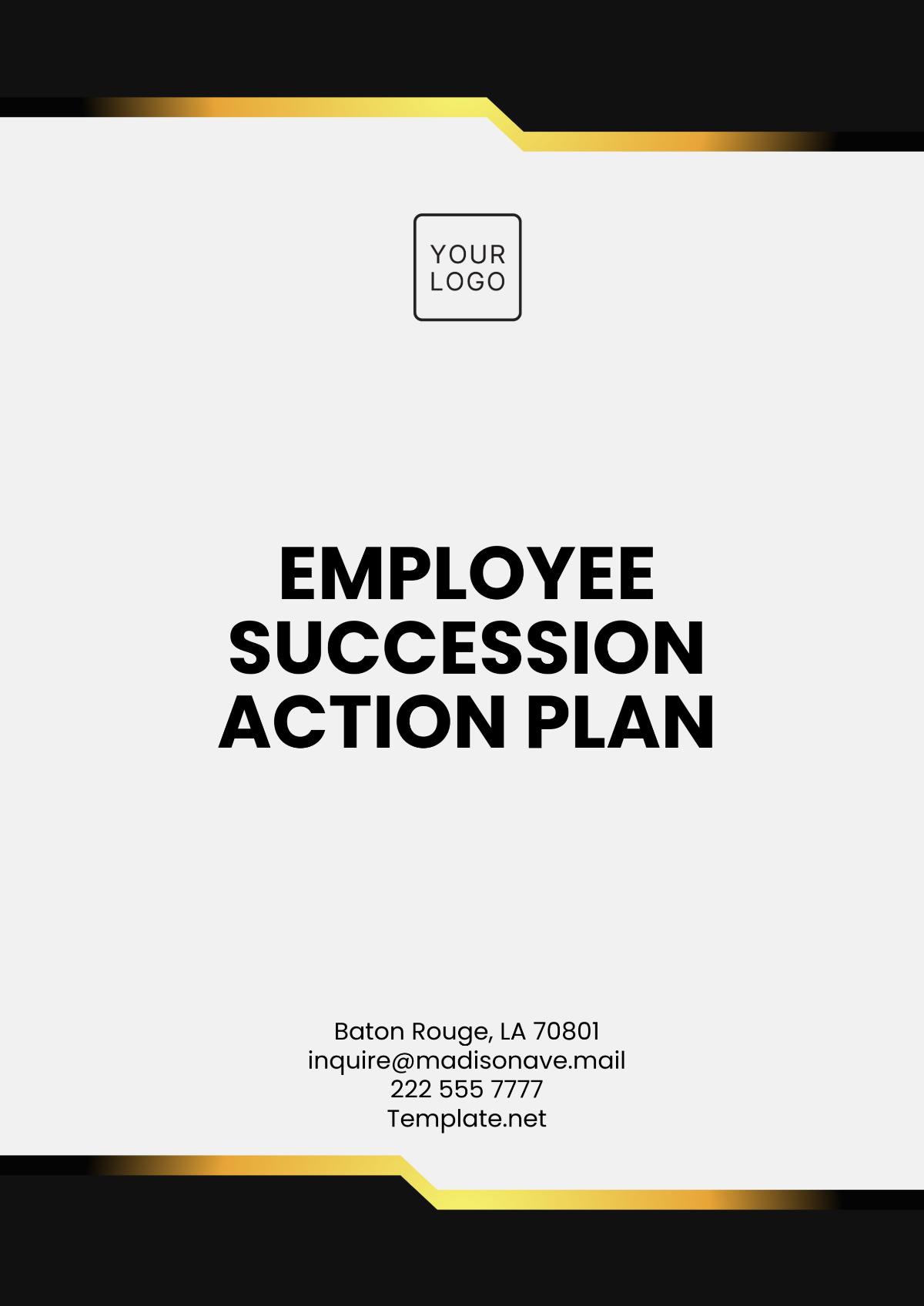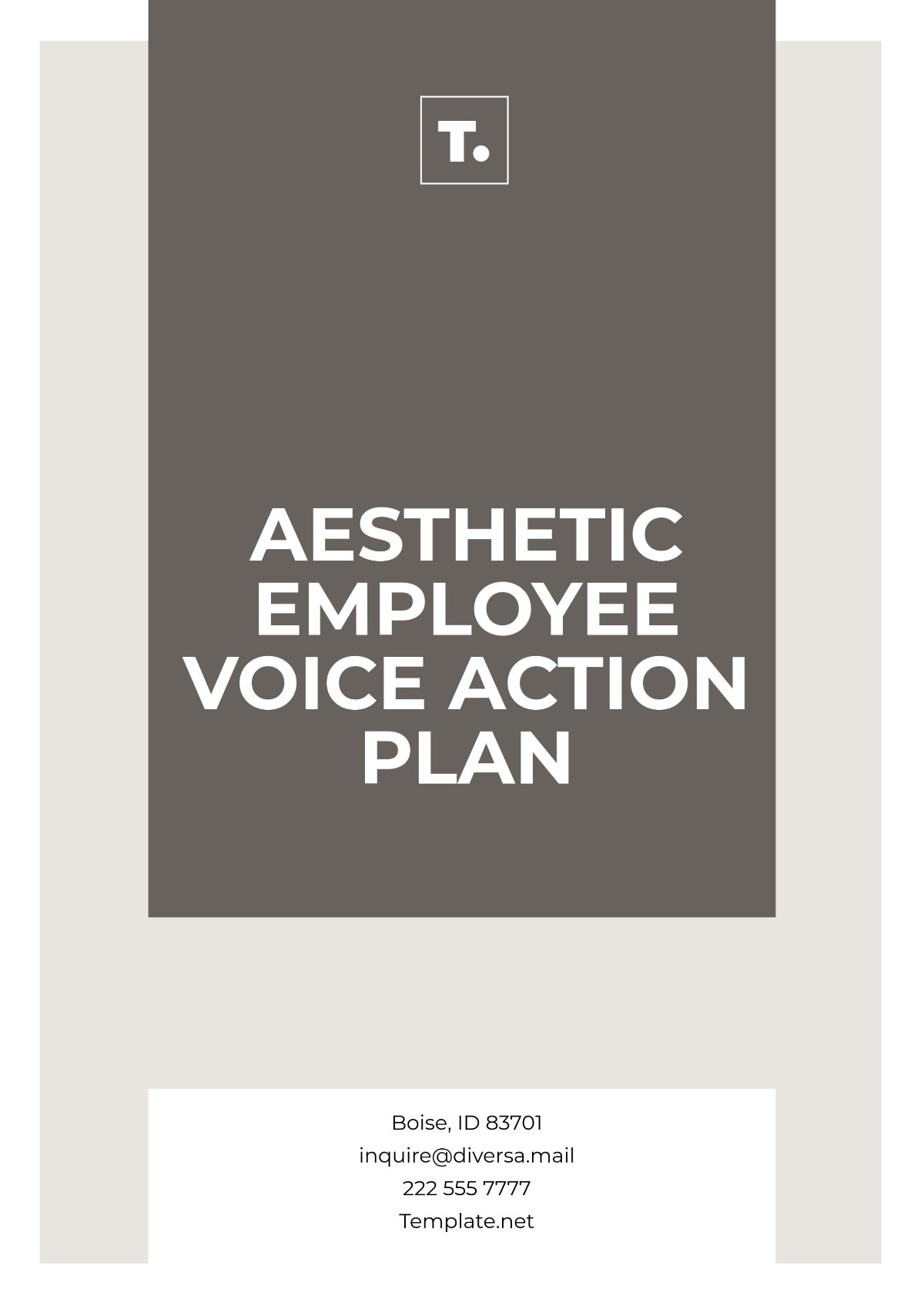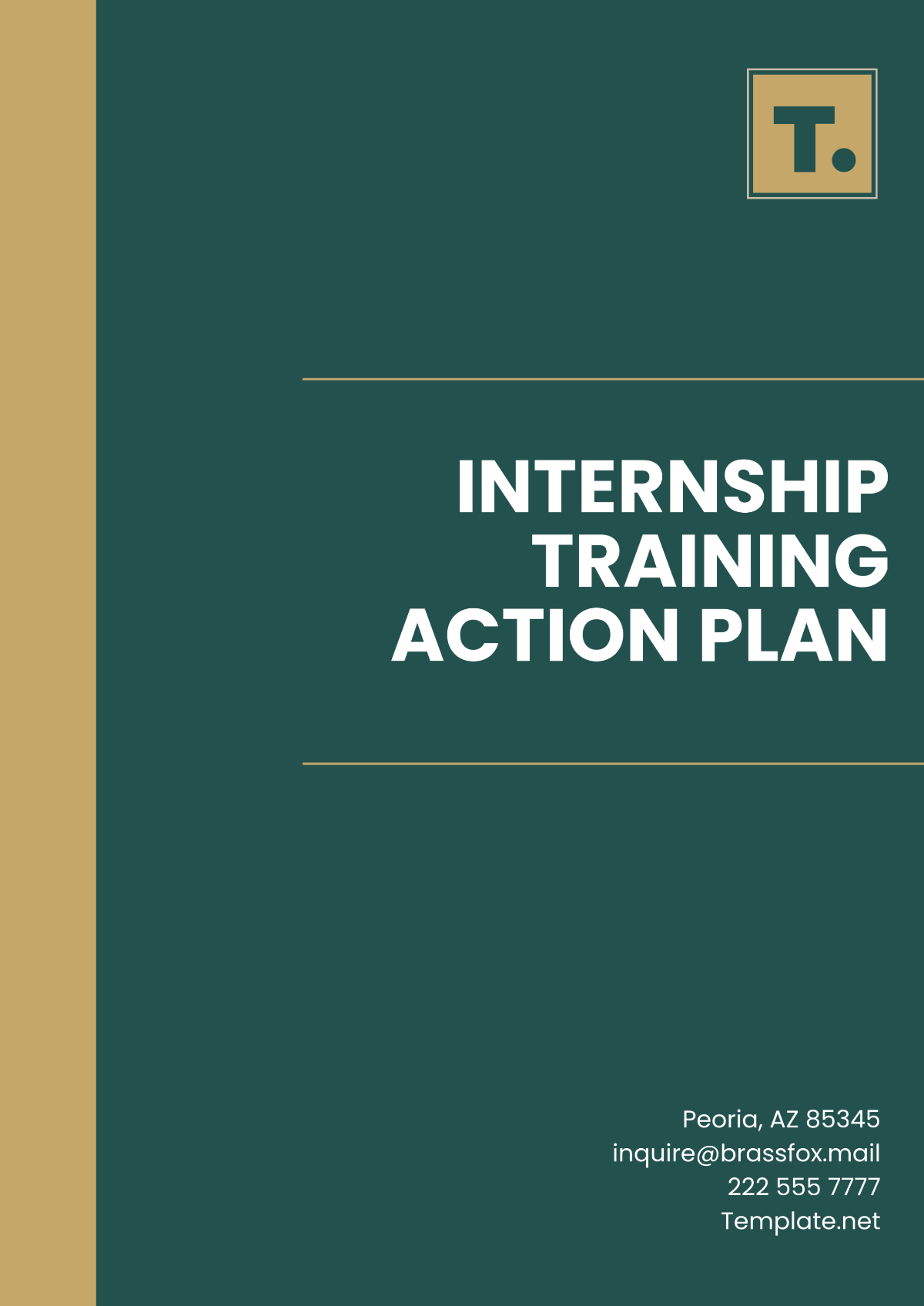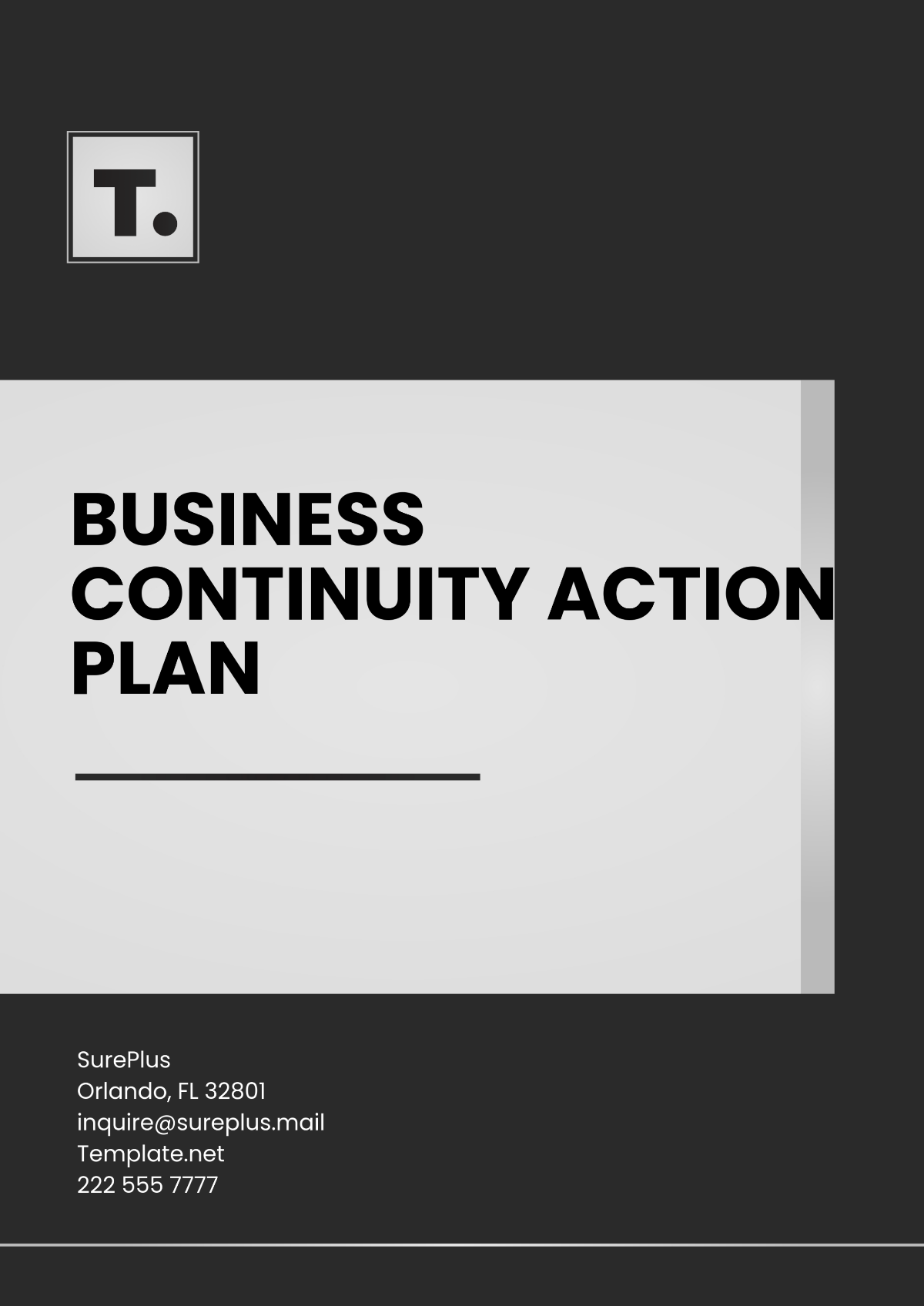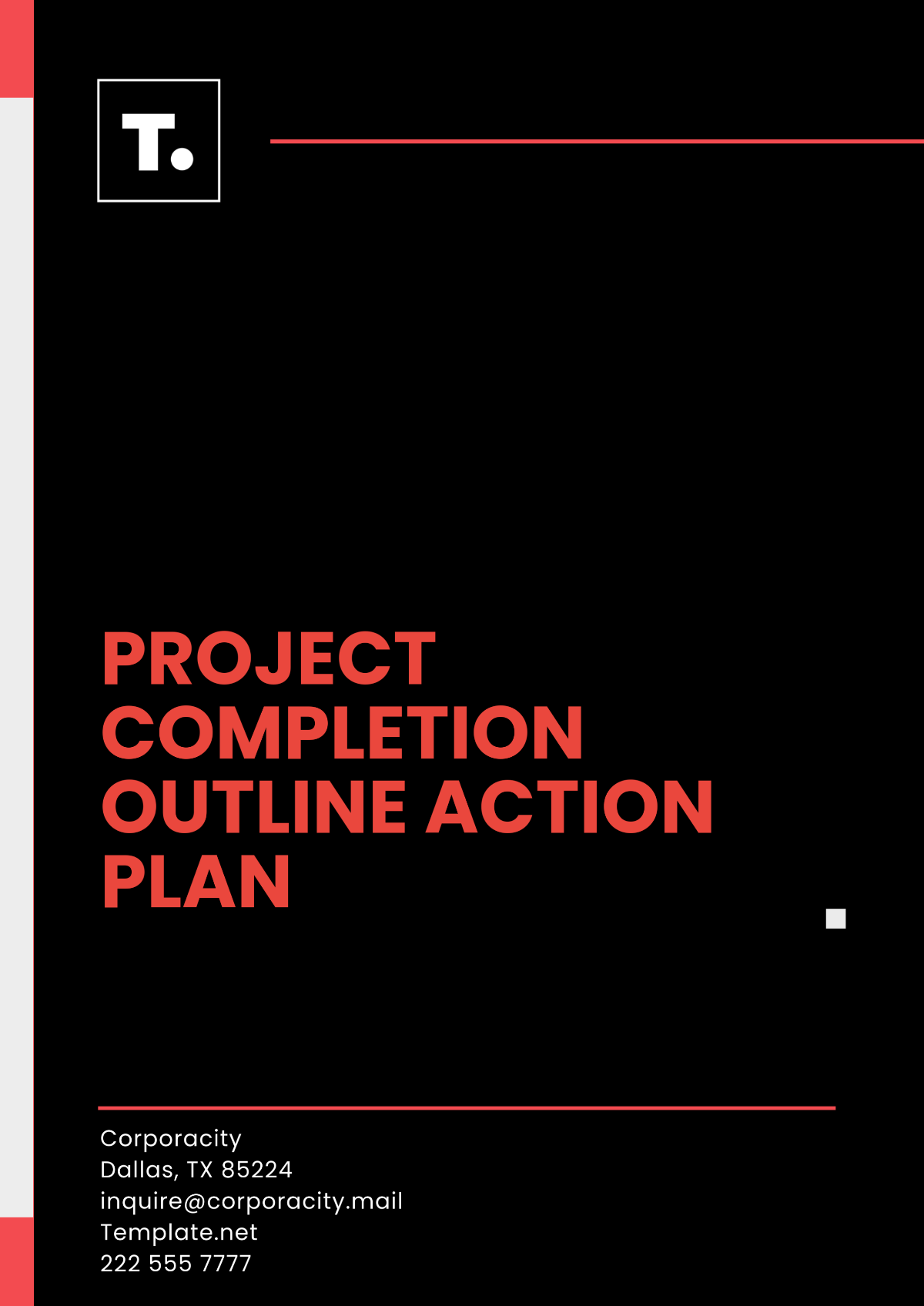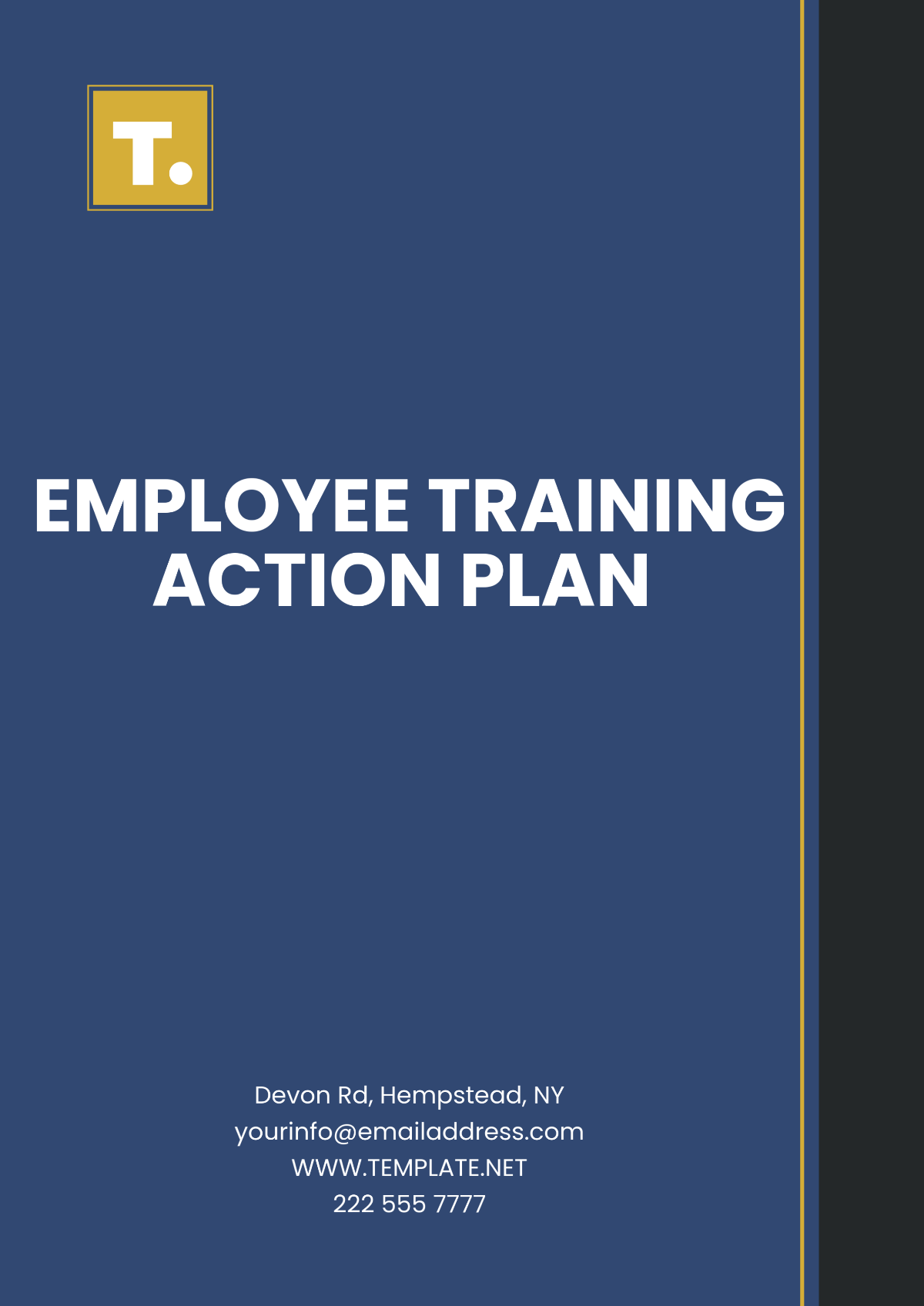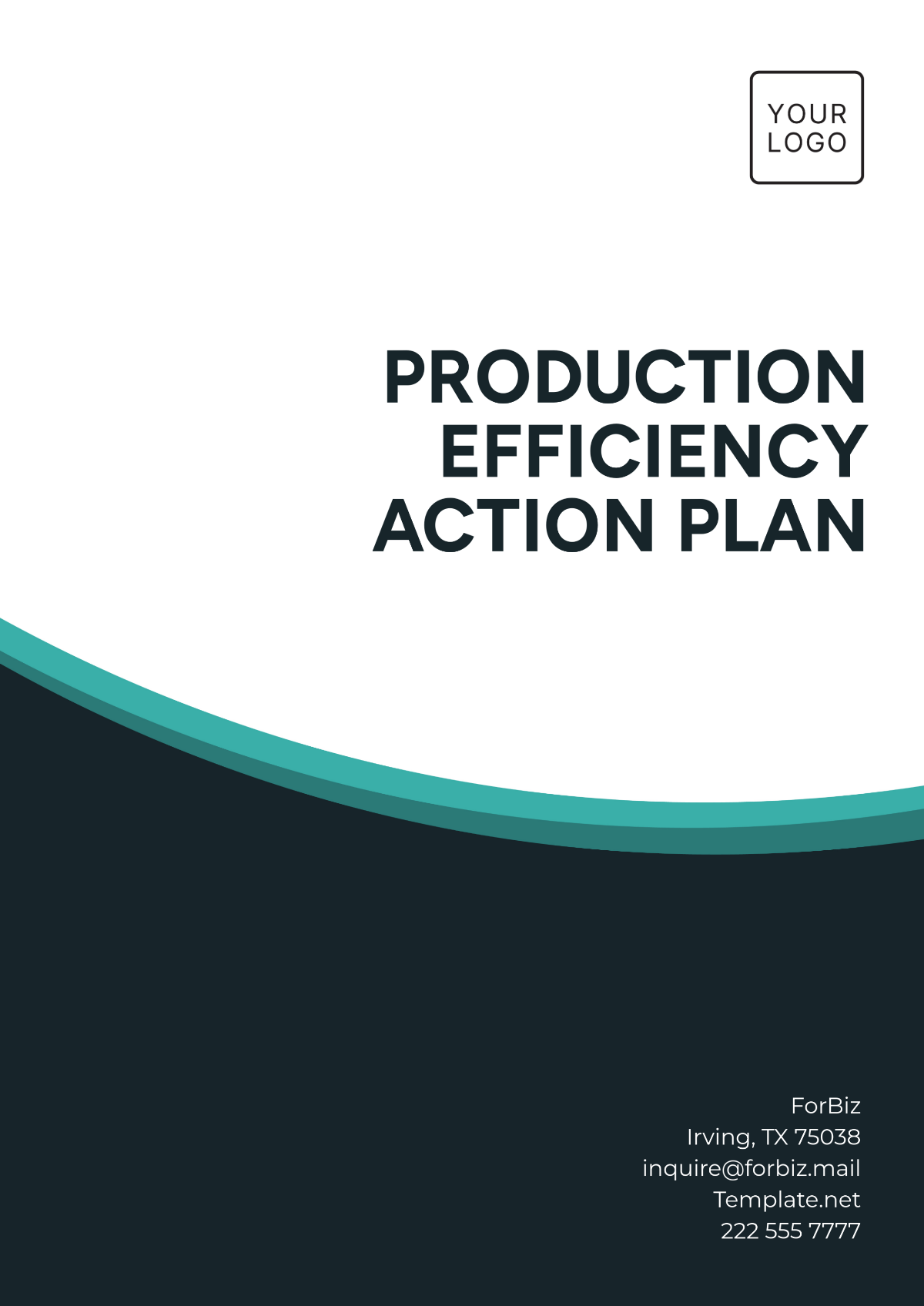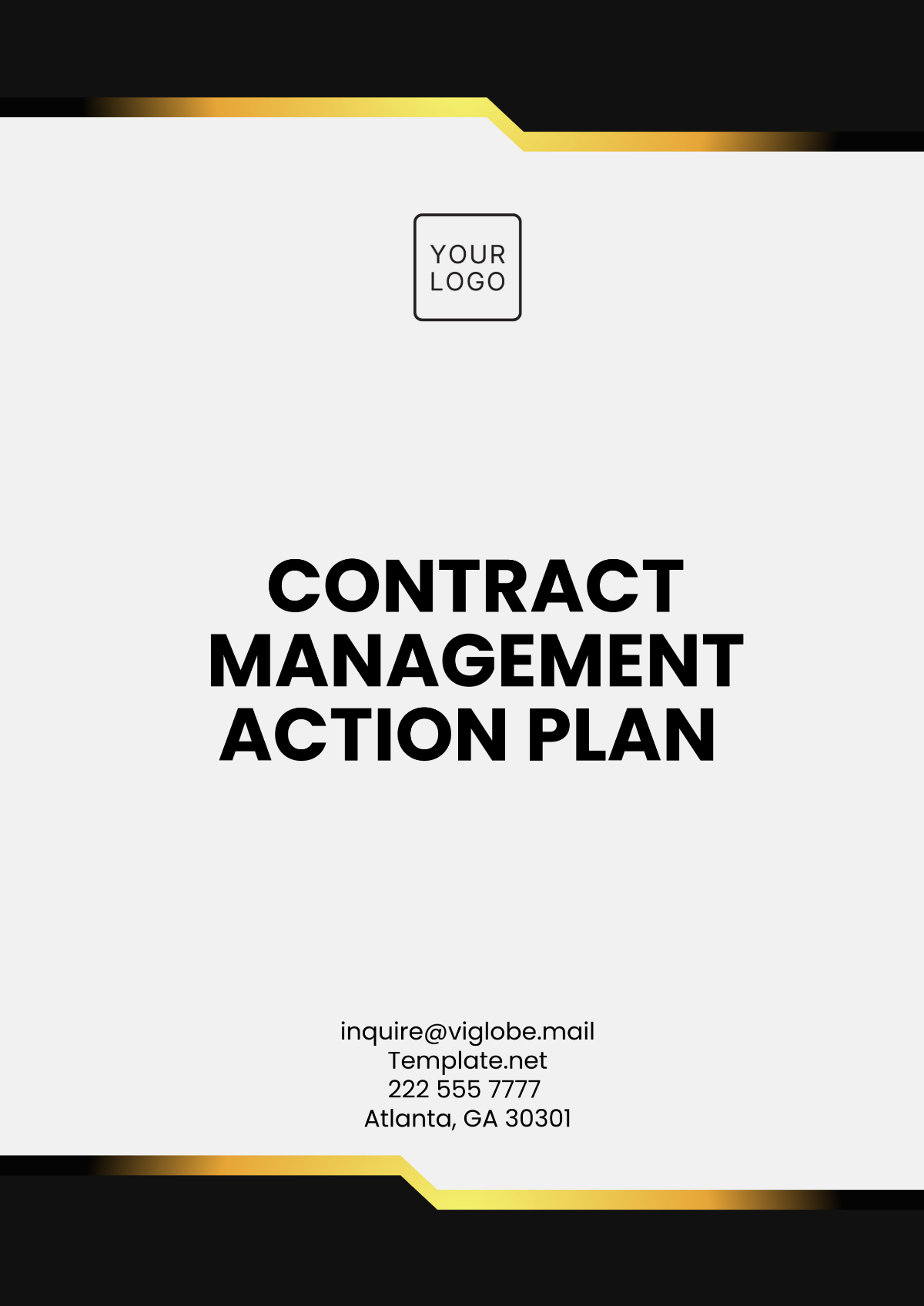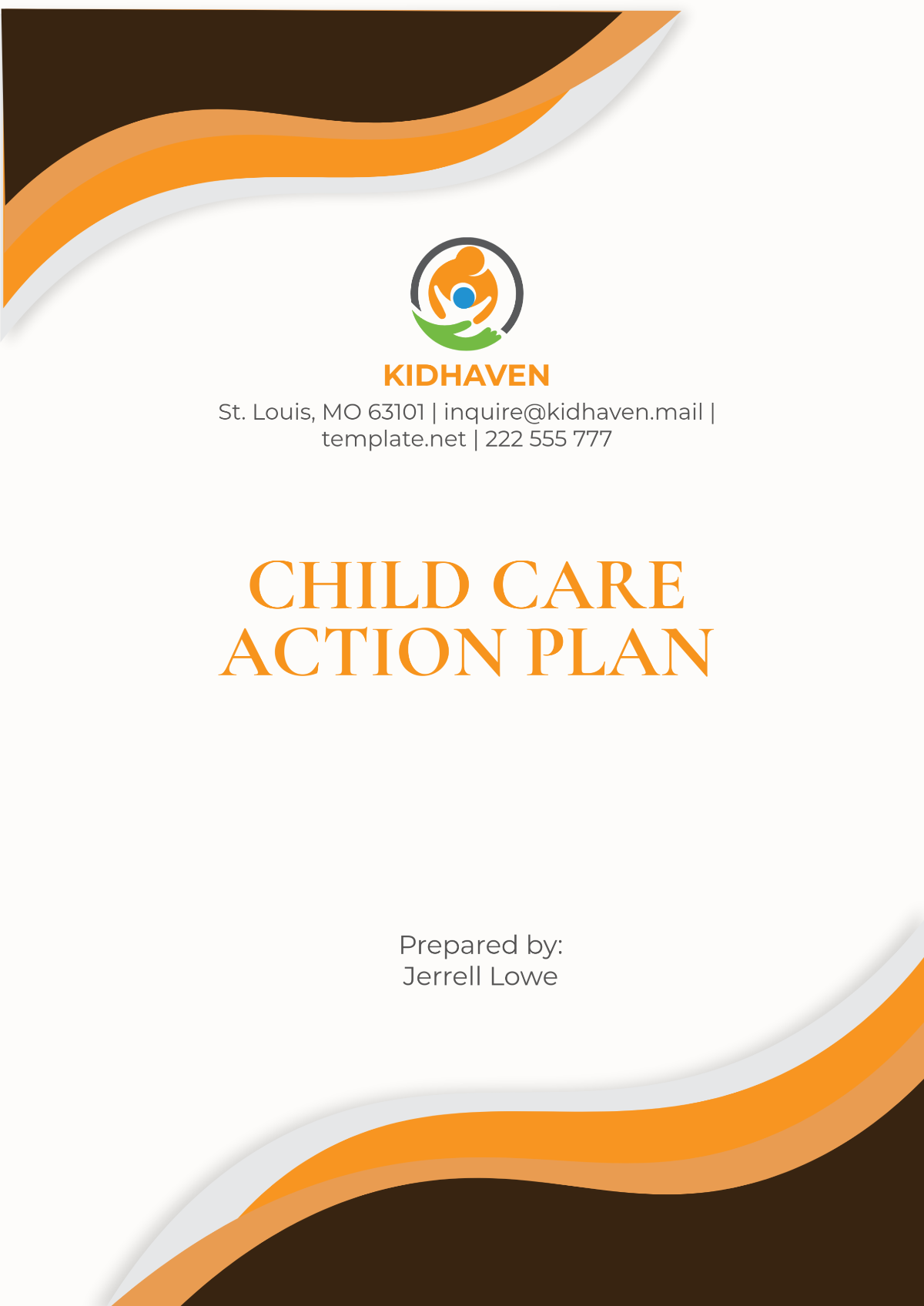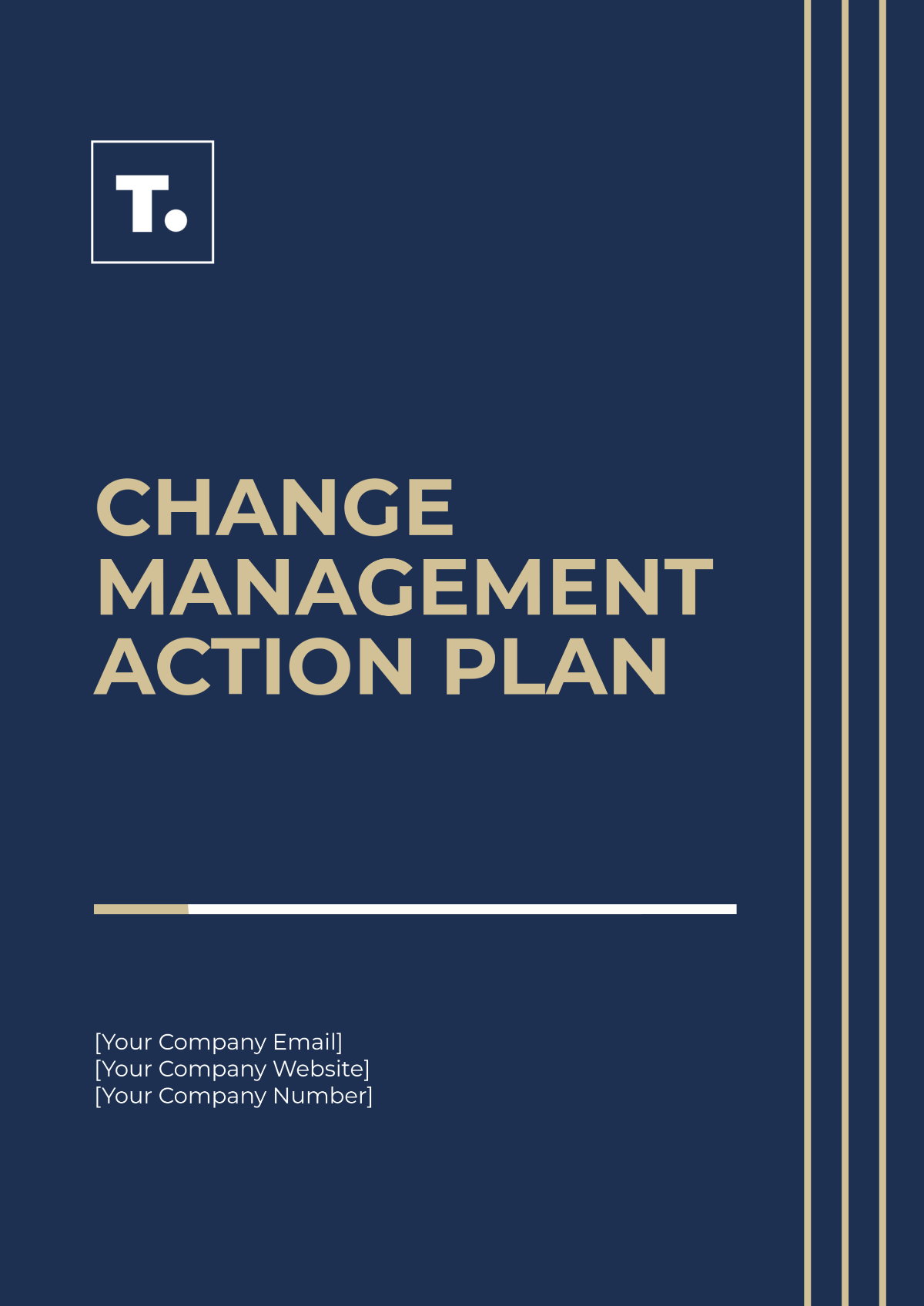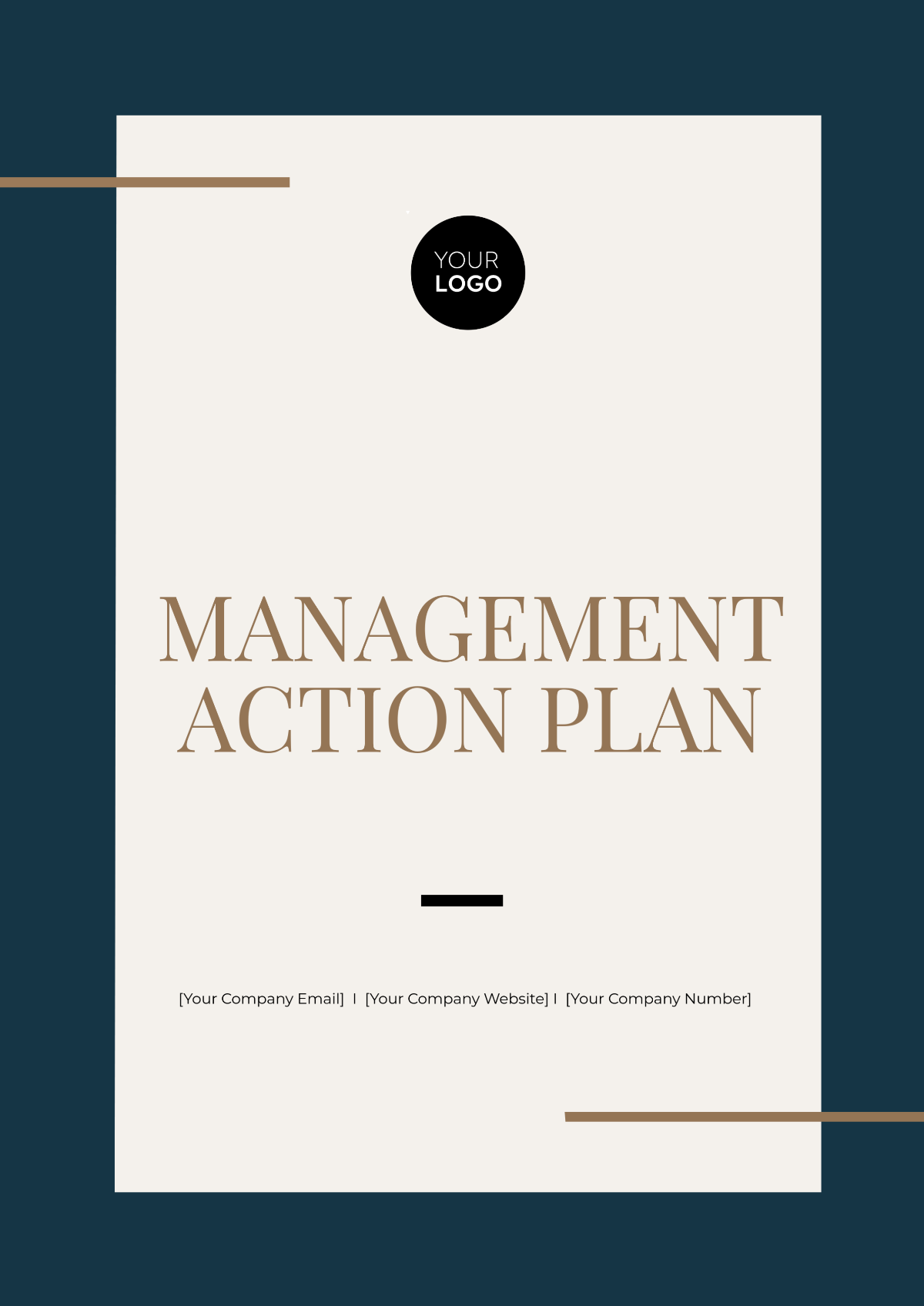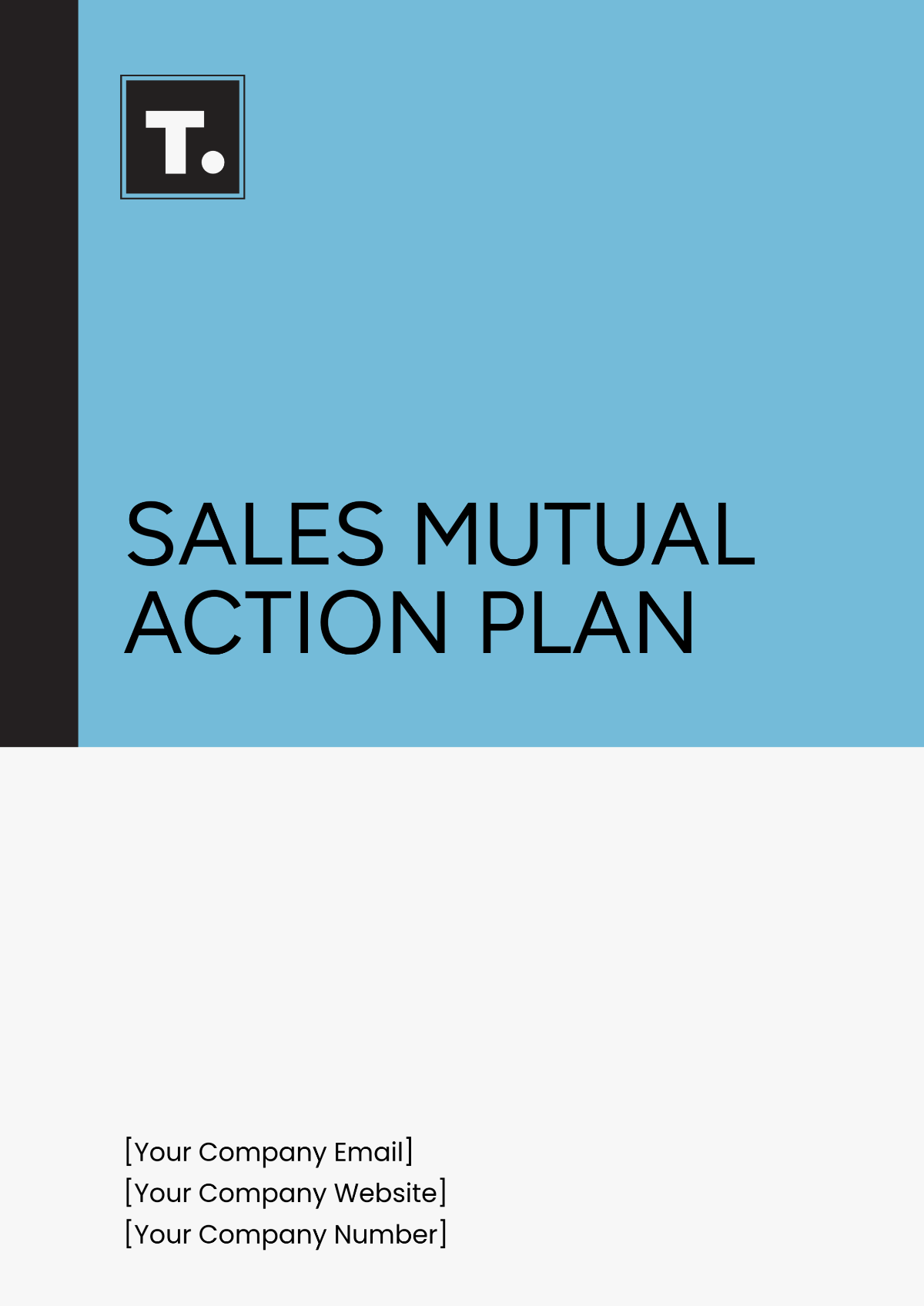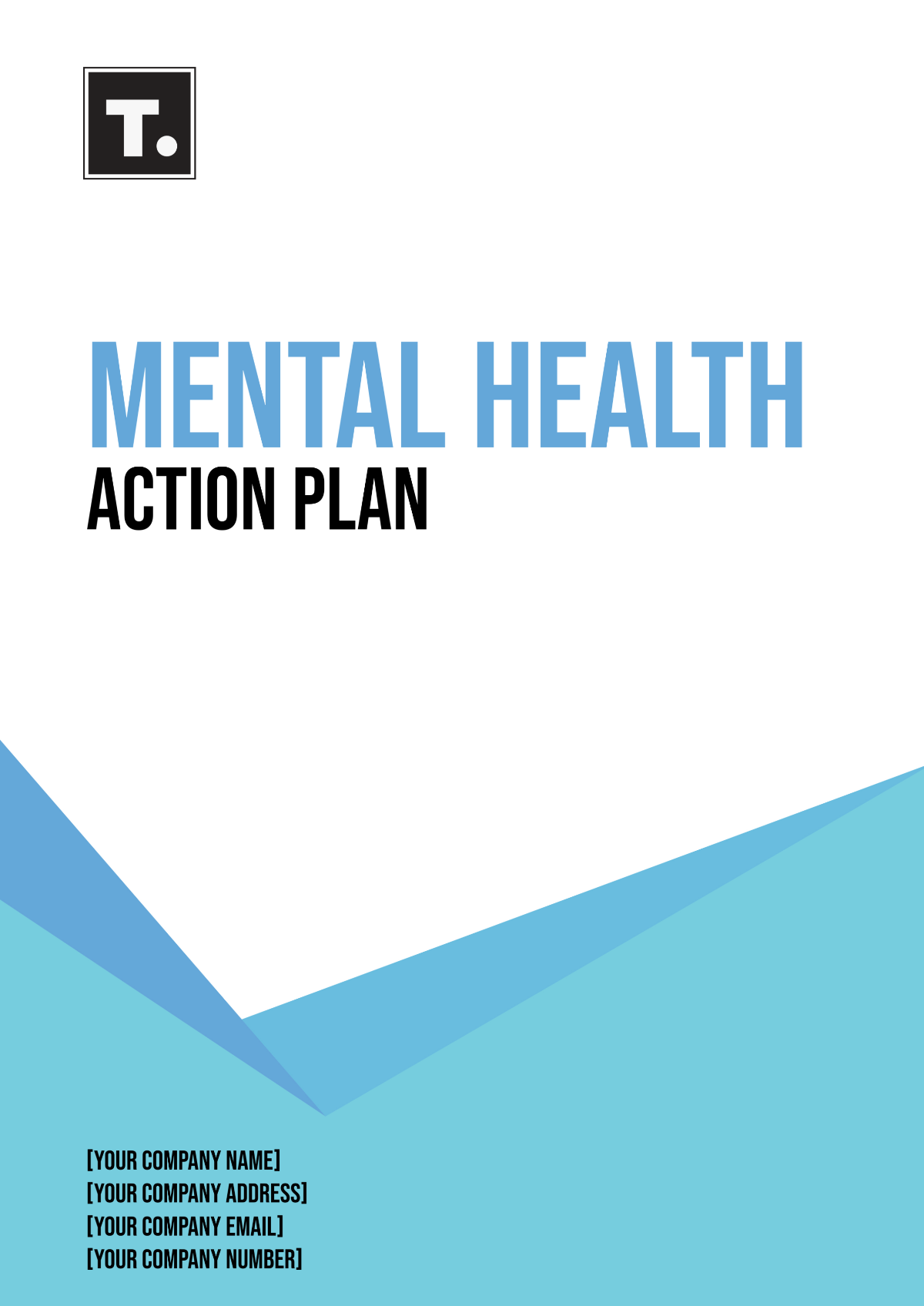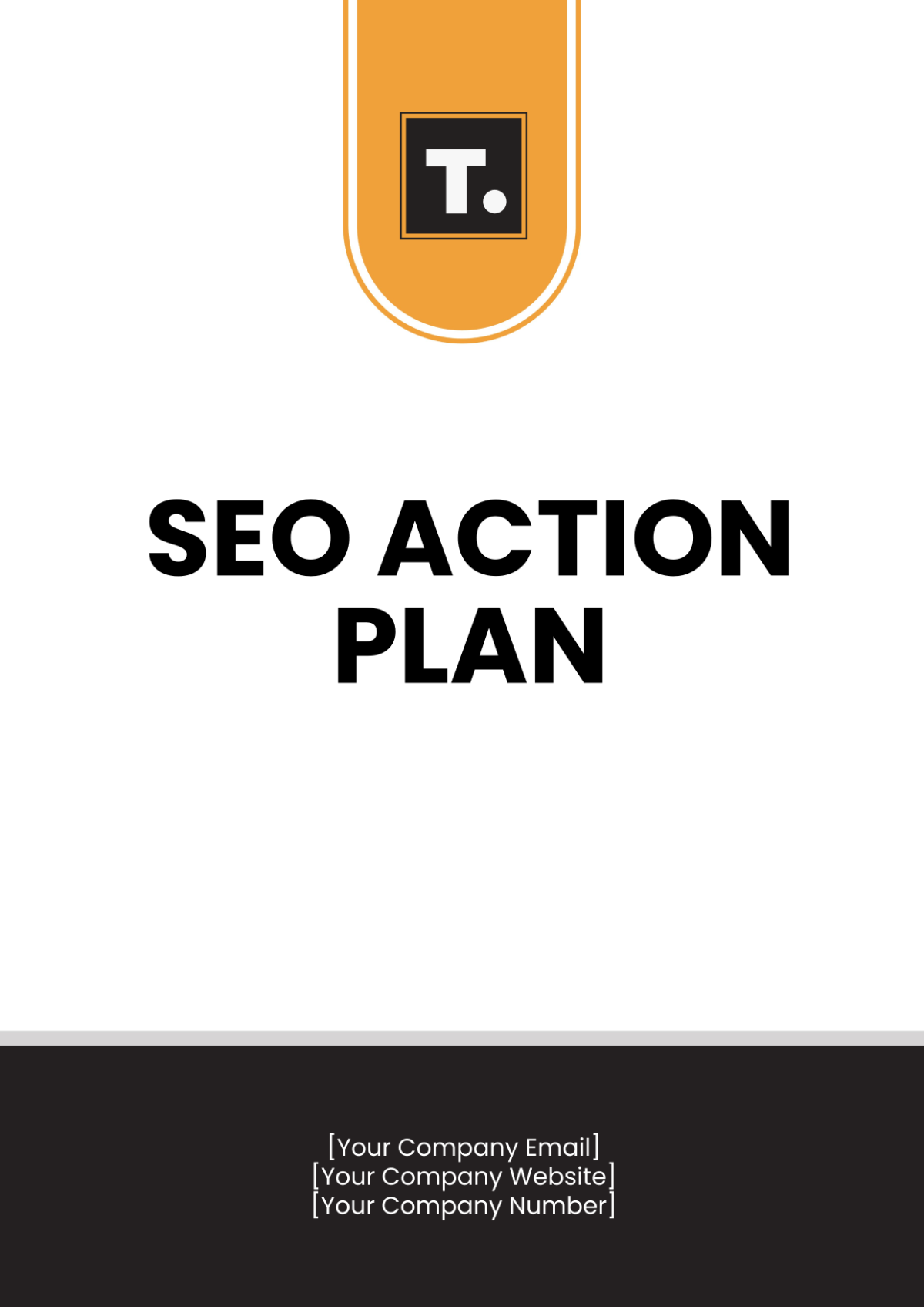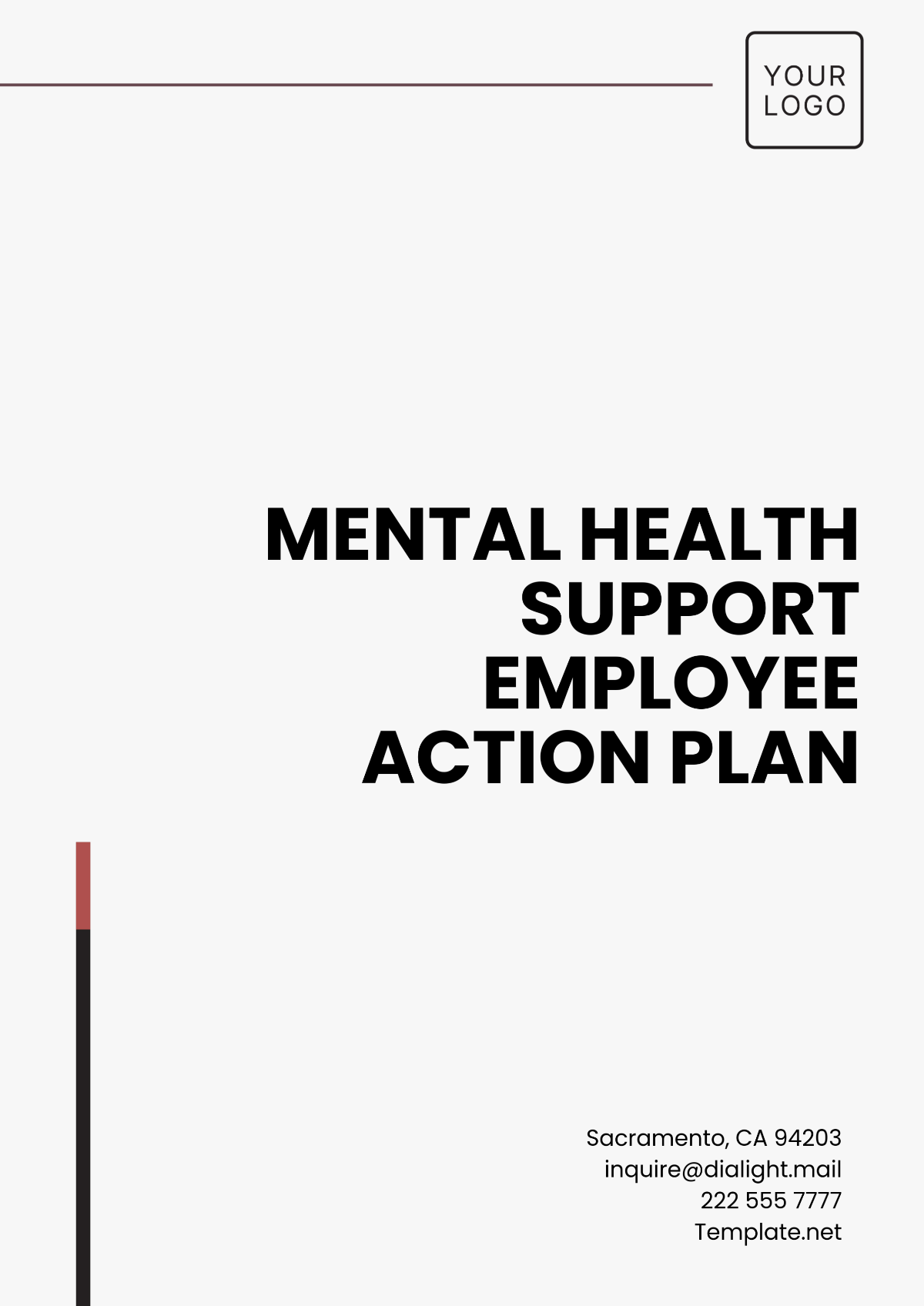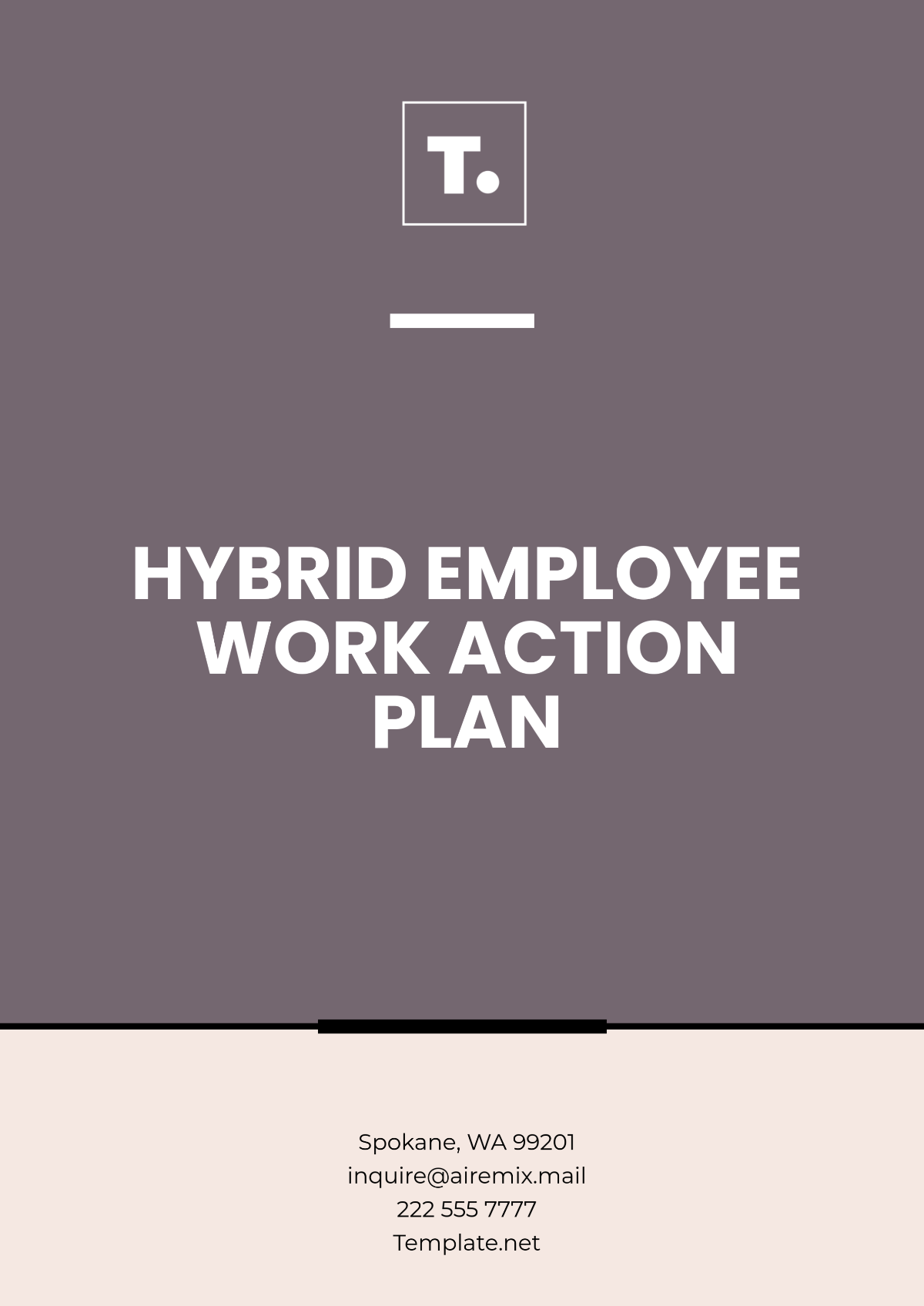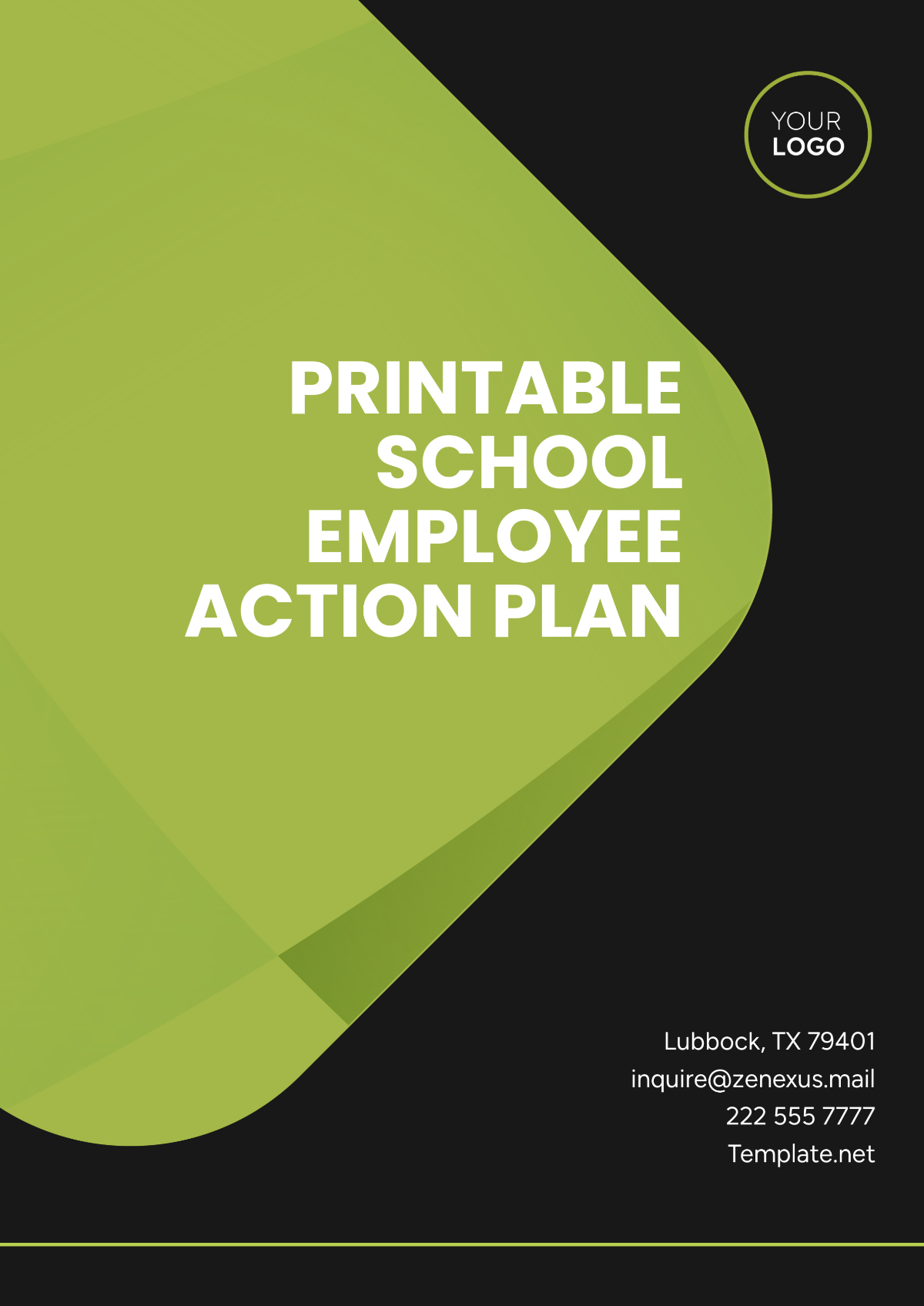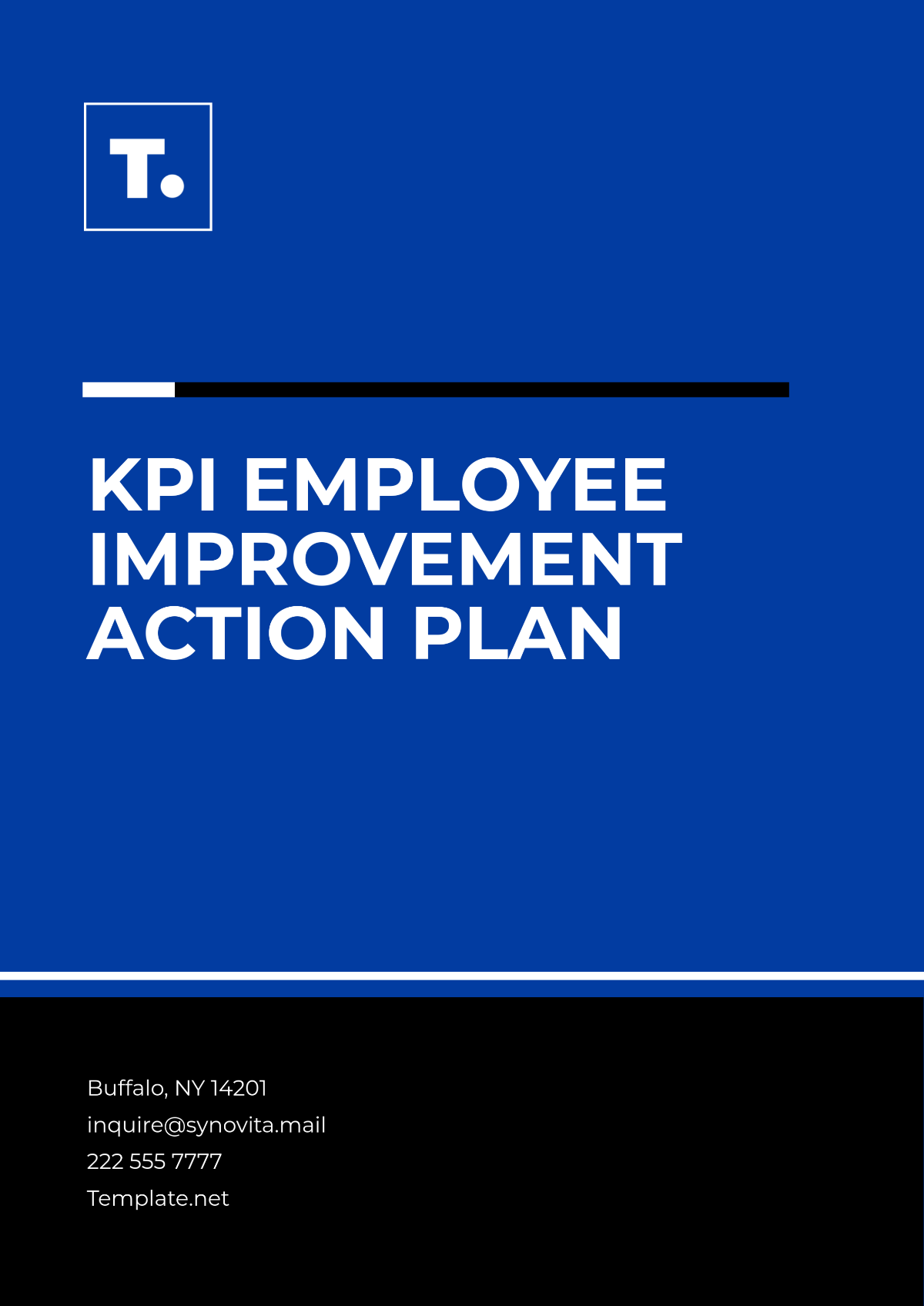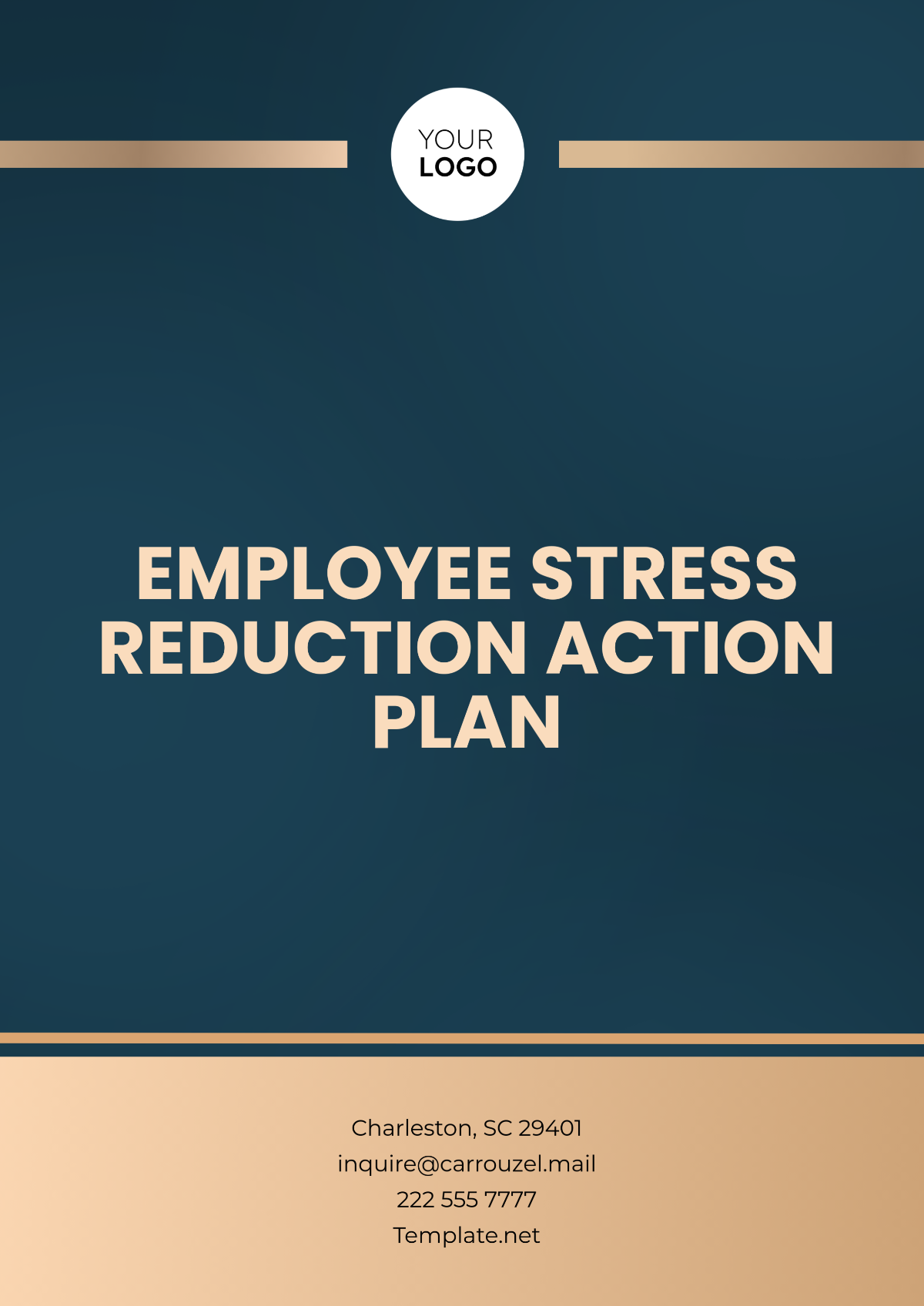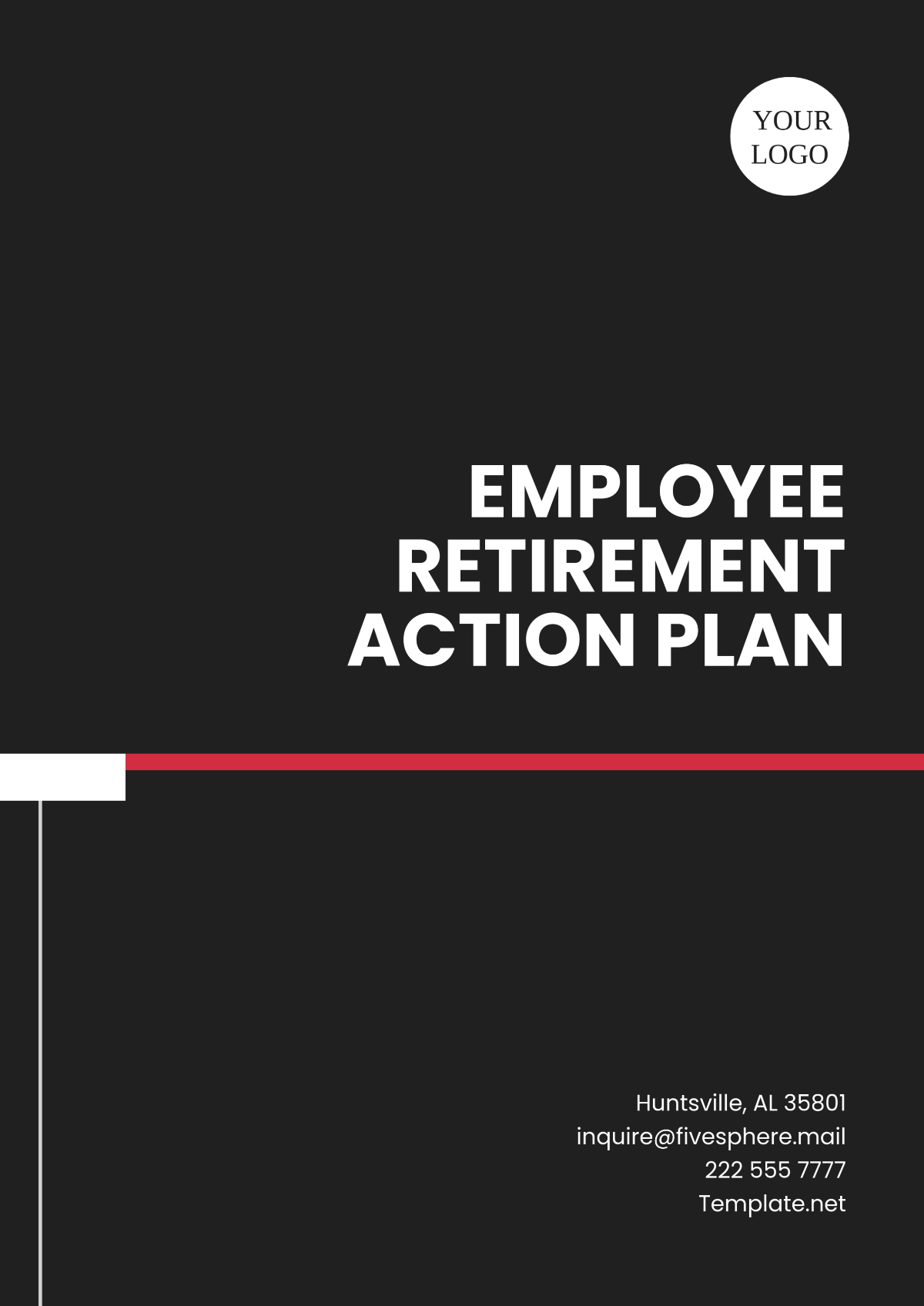Administration Compliance Action Plan
Objective:
To ensure [Your Company Name]'s adherence to relevant administrative regulations and standards through the implementation of a comprehensive compliance action plan.
Overview:
Administration compliance involves adhering to various regulations, policies, and standards governing administrative processes within [Your Company Name]. Failure to comply can lead to legal, financial, and reputational risks. This action plan outlines key steps and strategies to enhance administration compliance within the organization.
1. Regulatory Assessment:
Scope and Analysis: Conduct a comprehensive review of administrative regulations, including local, national, and international laws, industry standards, and internal policies.
Risk Prioritization: Evaluate the potential impact and likelihood of non-compliance in each area to prioritize resources effectively.
Regulatory Mapping: Create a detailed map of regulatory requirements relevant to [Your Company Name]'s operations, highlighting key obligations and deadlines.
2. Compliance Framework Development:
Policy Development: Draft clear and concise policies and procedures that outline expected behaviors, responsibilities, and consequences for non-compliance.
Control Implementation: Design and implement controls and mechanisms to ensure adherence to policies and regulatory requirements, such as approval workflows, segregation of duties, and access controls.
Integration with Existing Processes: Align the compliance framework with existing administrative processes to minimize disruptions and streamline implementation.
3. Training and Awareness:
Customized Training Programs: Tailor training materials to address the specific compliance needs and roles within [Your Company Name], covering topics such as data protection, confidentiality, and ethical behavior.
Interactive Learning Methods: Utilize diverse training methods, including workshops, e-learning modules, and simulations, to engage employees and reinforce learning outcomes.
Regular Communication: Establish channels for ongoing communication and feedback to ensure that employees stay informed about regulatory updates and compliance expectations.
4. Documentation and Record-Keeping:
Centralized Repository: Implement a centralized system for storing and managing compliance-related documents, such as policies, procedures, training records, and audit findings.
Version Control: Maintain a robust version control process to track changes to documents and ensure that employees have access to the latest information.
Retention Policies: Develop and enforce retention policies for compliance records in alignment with legal and regulatory requirements.
5. Risk Assessment and Monitoring:
Risk Identification: Utilize risk assessment techniques, such as risk registers and scenario analysis, to identify potential compliance risks and vulnerabilities in administrative processes.
Key Performance Indicators (KPIs): Establish measurable KPIs to track compliance performance, such as completion rates for training programs, incident response times, and audit findings closure rates.
Automated Monitoring Tools: Implement automated monitoring tools and systems to track compliance metrics in real-time and generate alerts for potential deviations or anomalies.
6. Auditing and Assurance:
Audit Planning: Develop a risk-based audit plan that prioritizes high-risk areas and allocates resources efficiently.
Audit Execution: Conduct thorough and objective audits of administrative processes, ensuring adherence to established policies and regulatory requirements.
Audit Reporting: Prepare comprehensive audit reports with findings, recommendations, and action plans for addressing identified deficiencies and improving compliance controls.
7. Response and Remediation:
Incident Management: Establish a structured incident management process to promptly investigate and address compliance violations, including reporting mechanisms, escalation procedures, and root cause analysis.
Corrective Actions: Implement corrective actions to address root causes of non-compliance and prevent recurrence, assigning clear responsibilities and timelines for completion.
Continuous Improvement: Leverage lessons learned from compliance incidents to enhance policies, procedures, and controls iteratively.
8. Continuous Improvement:
Stakeholder Engagement: Foster collaboration and engagement with internal and external stakeholders, including employees, regulators, industry associations, and legal counsel, to stay informed about emerging trends and best practices.
Benchmarking: Benchmark [Your Company Name]'s compliance practices against industry peers and leading organizations to identify opportunities for improvement and innovation.
Feedback Mechanisms: Solicit feedback from employees, customers, and other stakeholders regularly to assess the effectiveness of the compliance program and identify areas for enhancement.
Timeline
This action plan will be implemented over the course of [00] months, with regular checkpoints and milestones to track progress and ensure timely execution.
Responsibility:
[Your Name], Compliance Officer, will oversee the implementation of the action plan.
Department heads and managers will be responsible for cascading compliance initiatives within their respective areas of responsibility.
All employees are accountable for complying with relevant administrative regulations and actively contributing to the success of the compliance program.
Conclusion
By executing this Administration Compliance Action Plan, [Your Company Name] will strengthen its commitment to regulatory compliance, mitigate risks, and uphold its reputation as a responsible and ethical organization.
